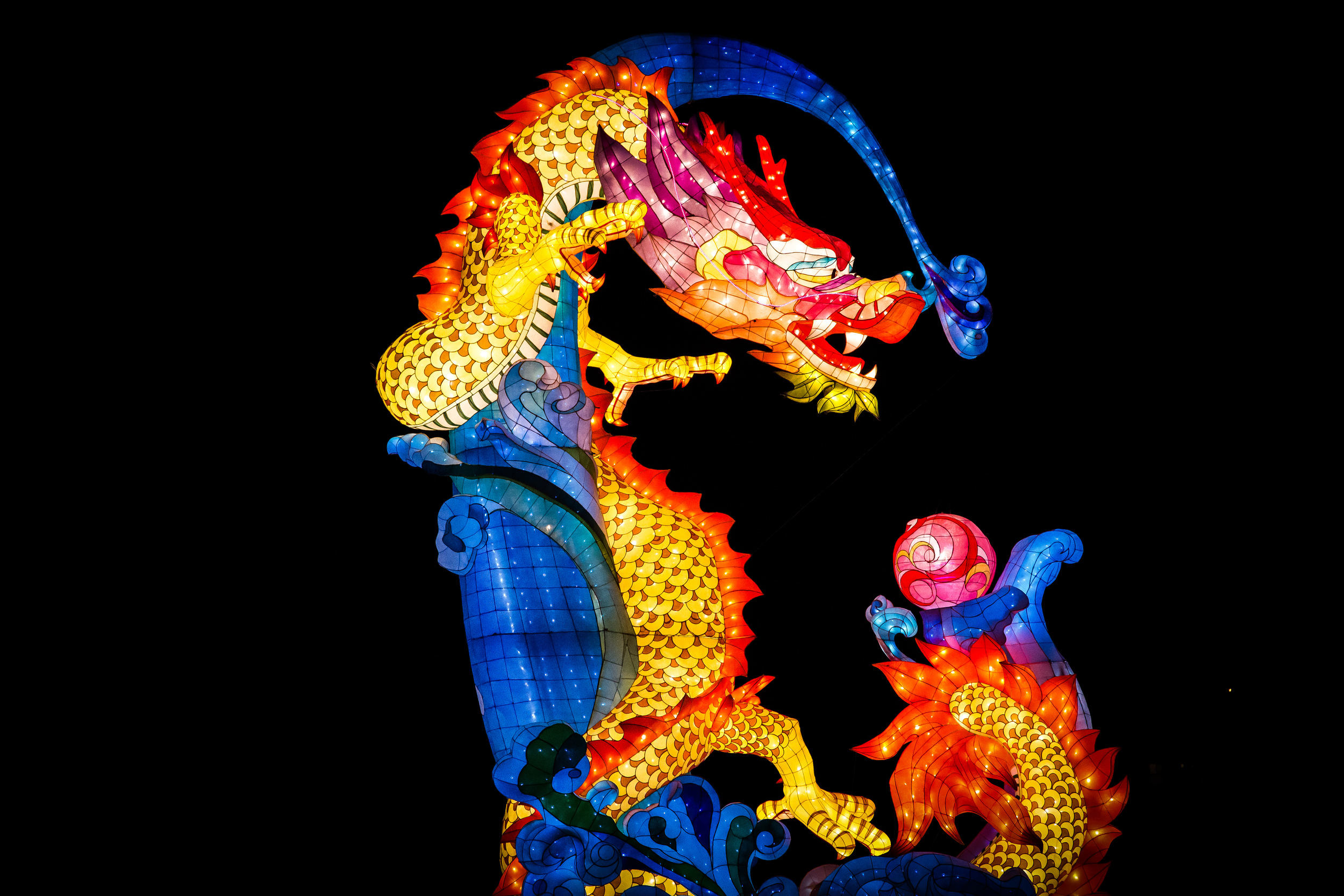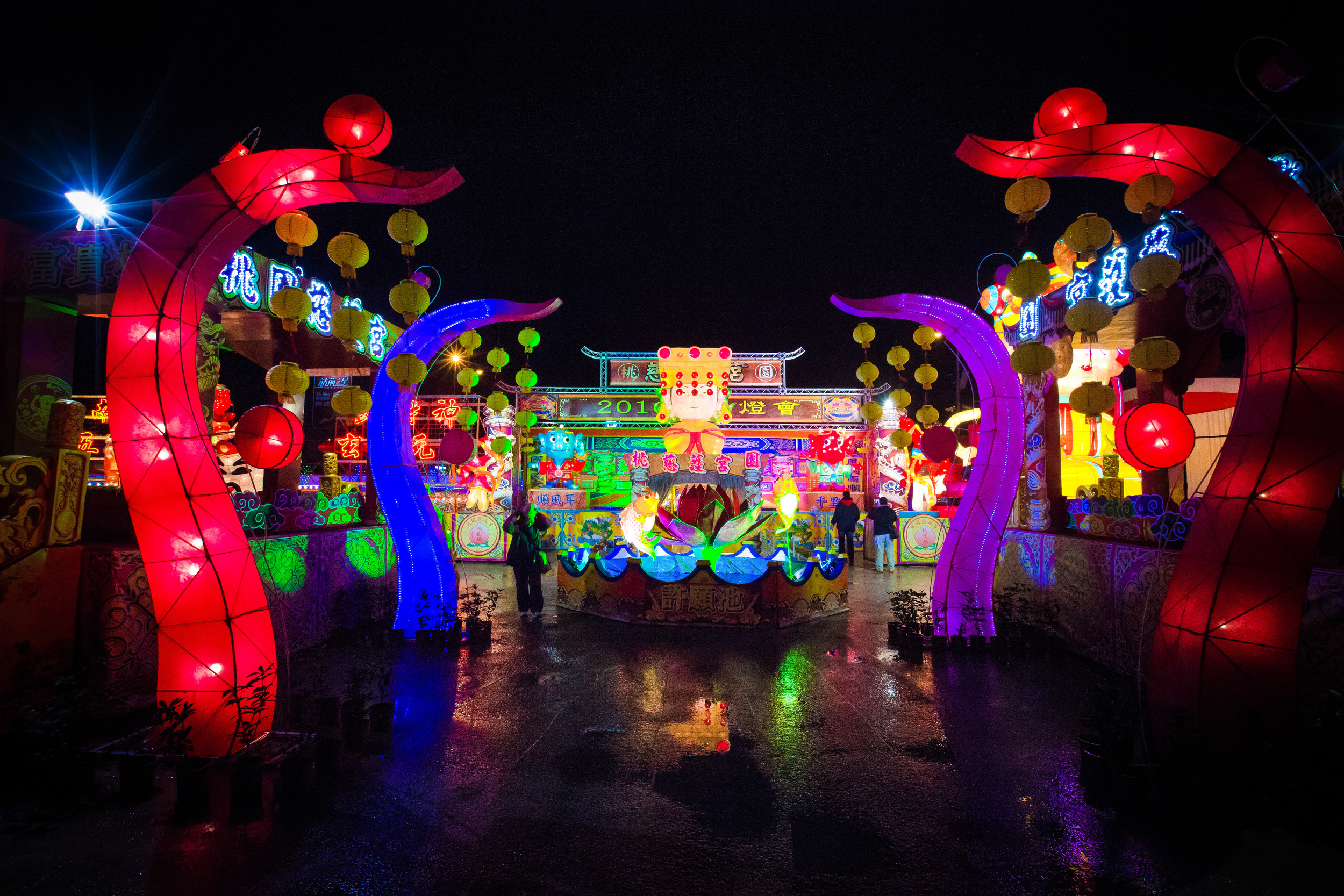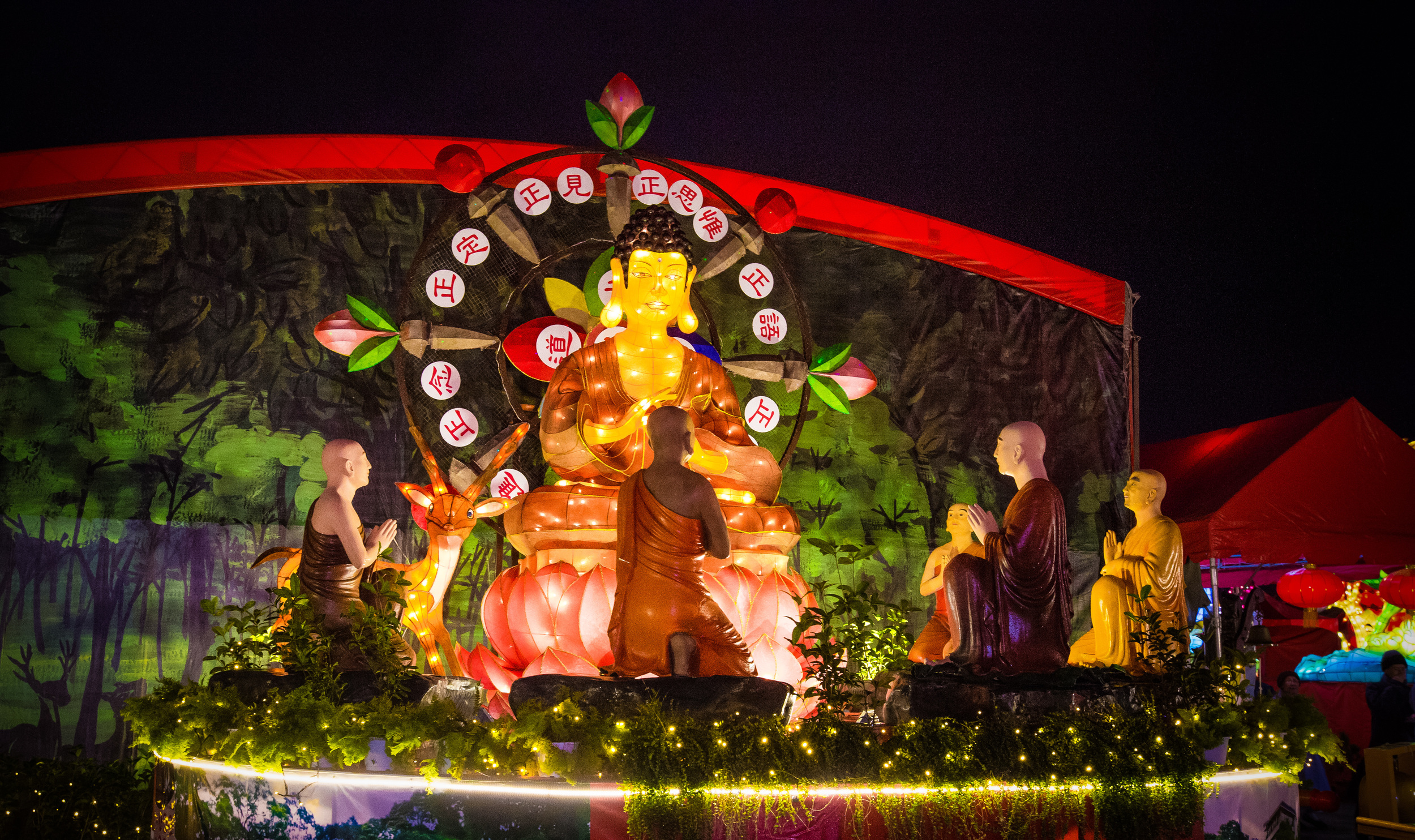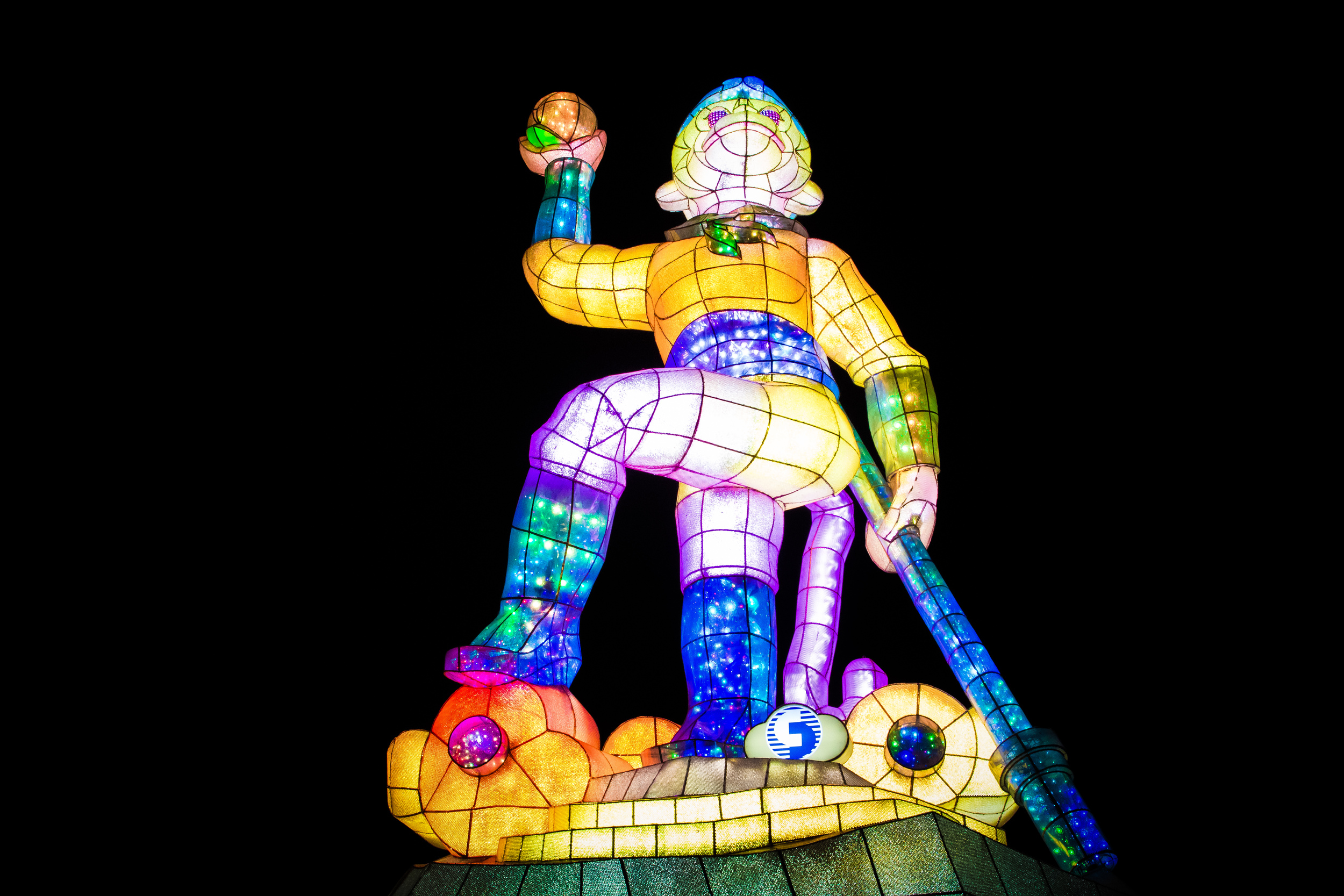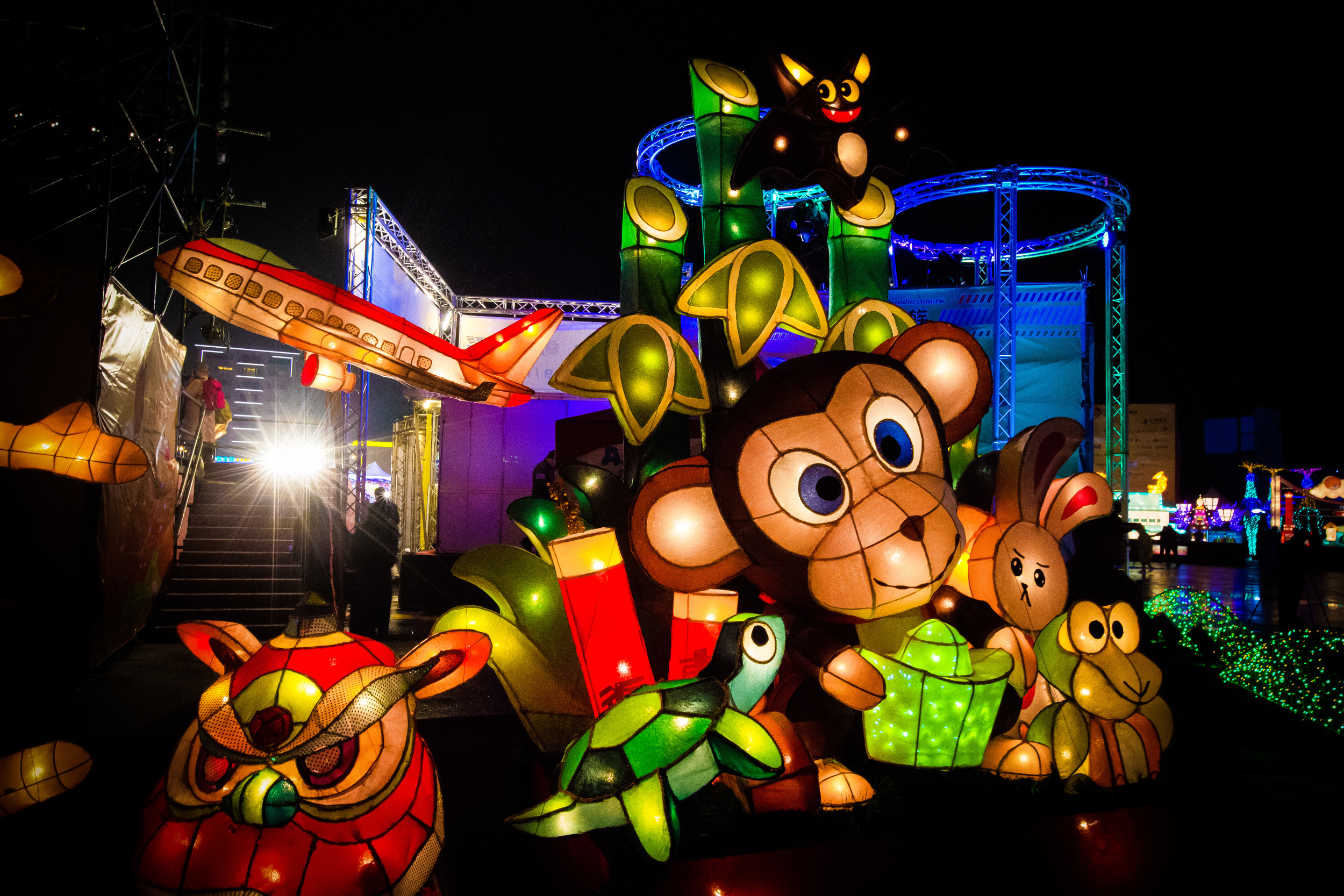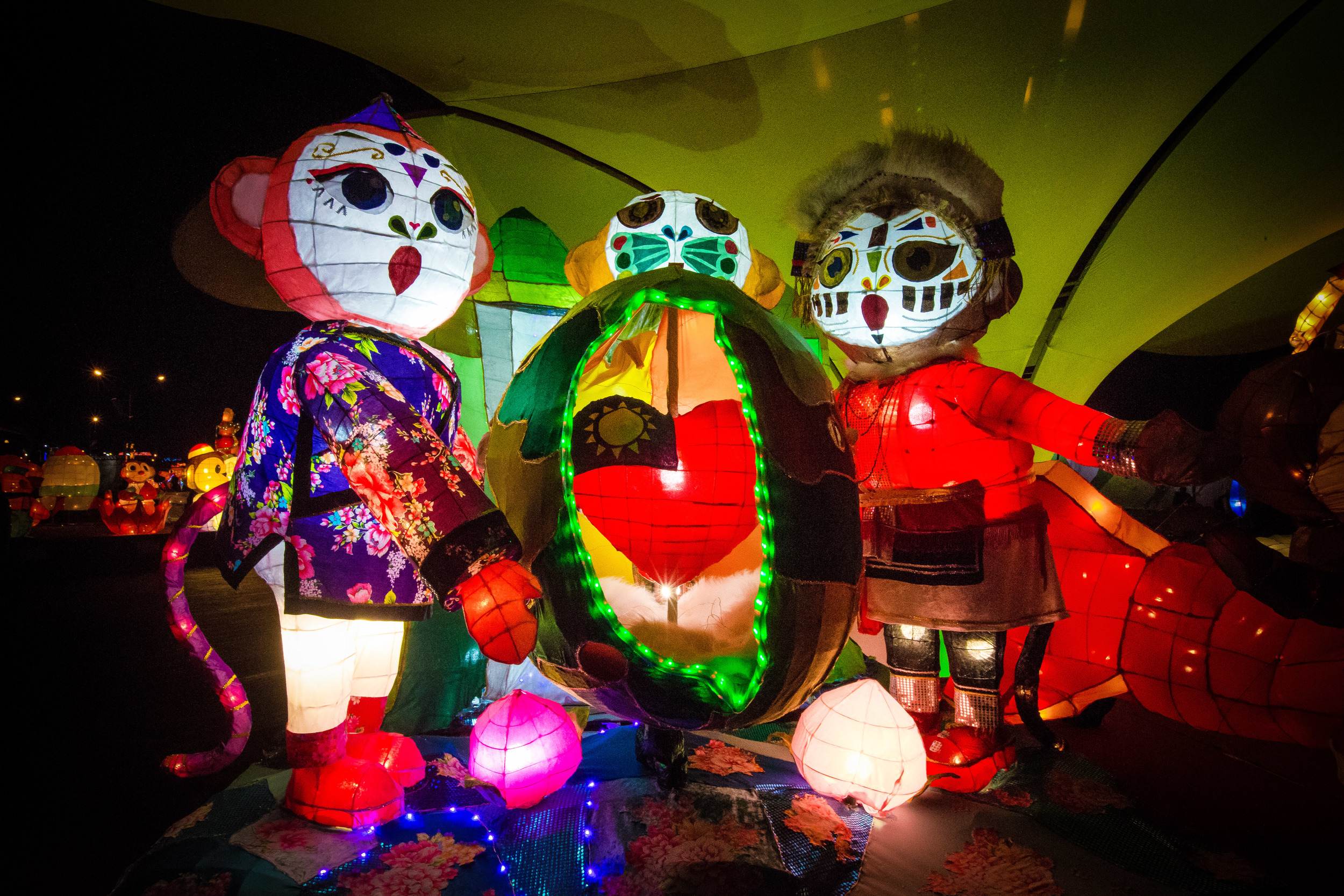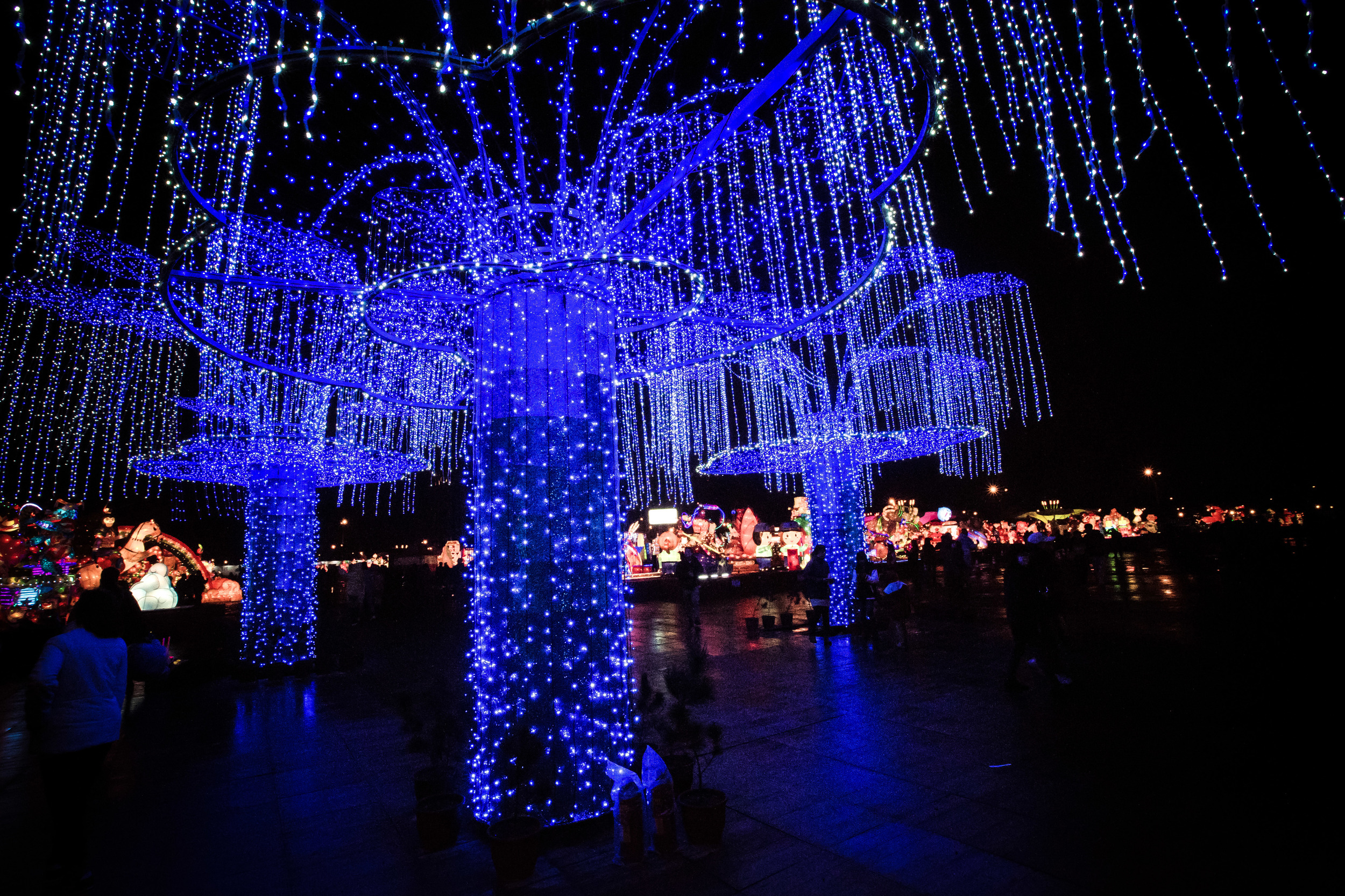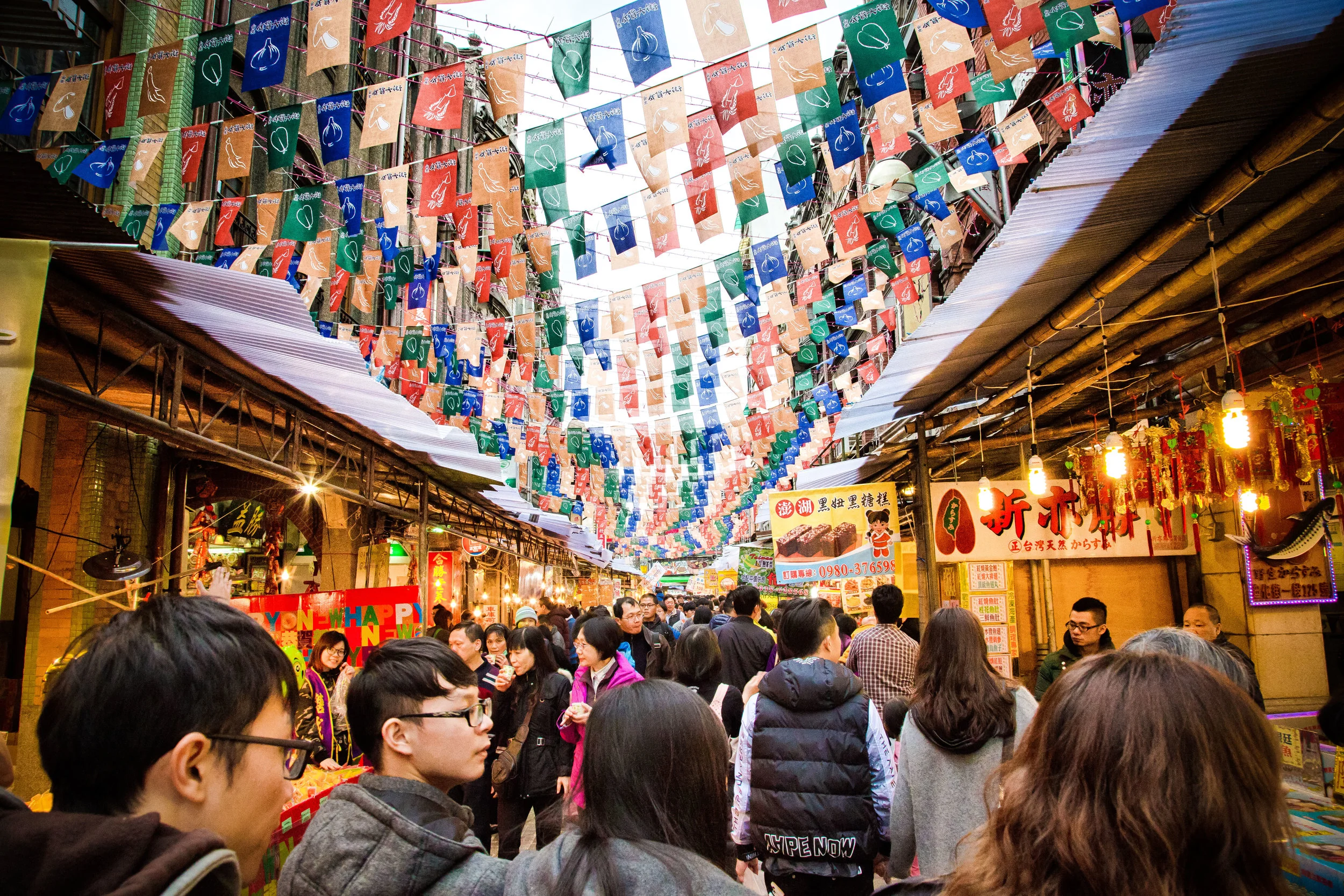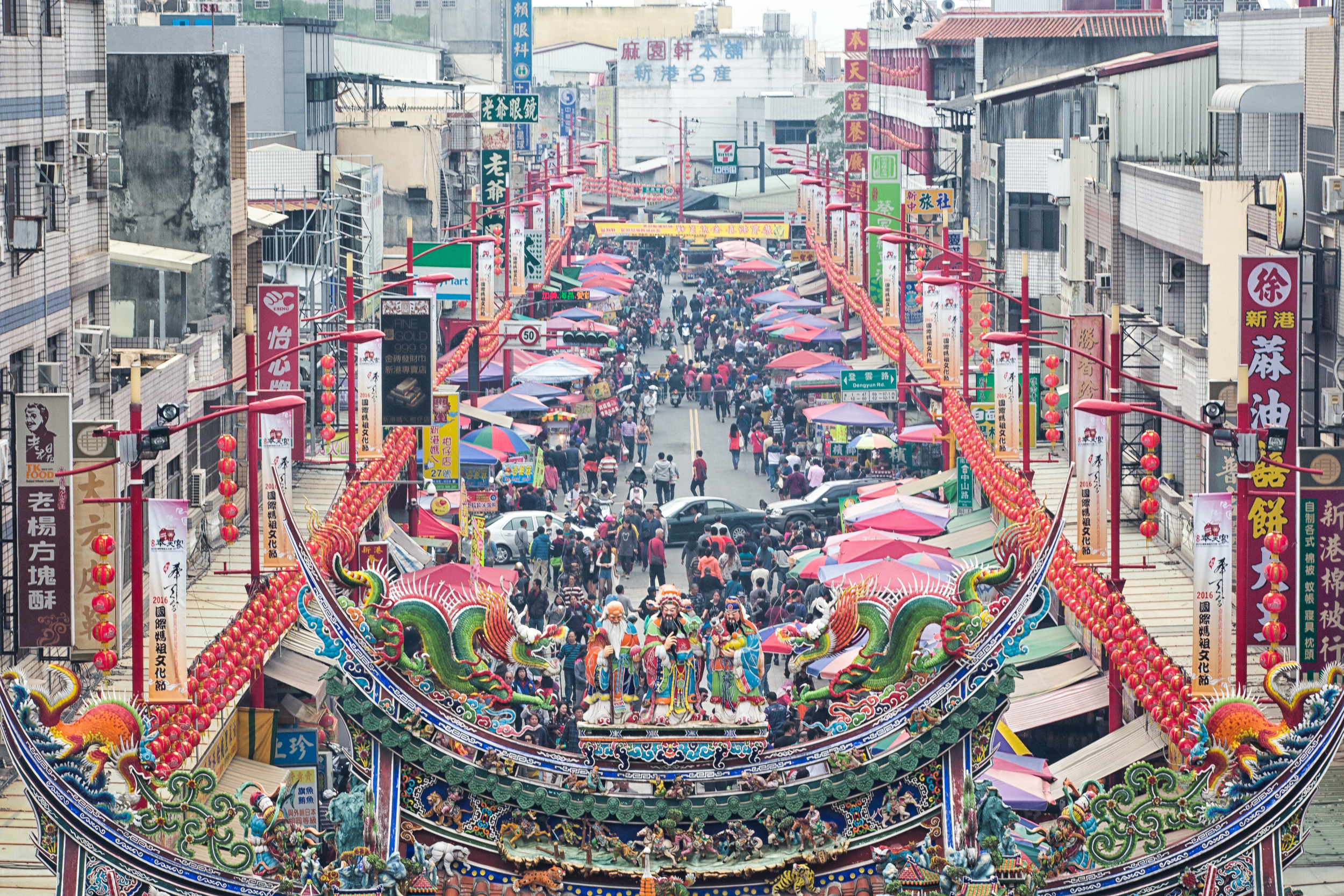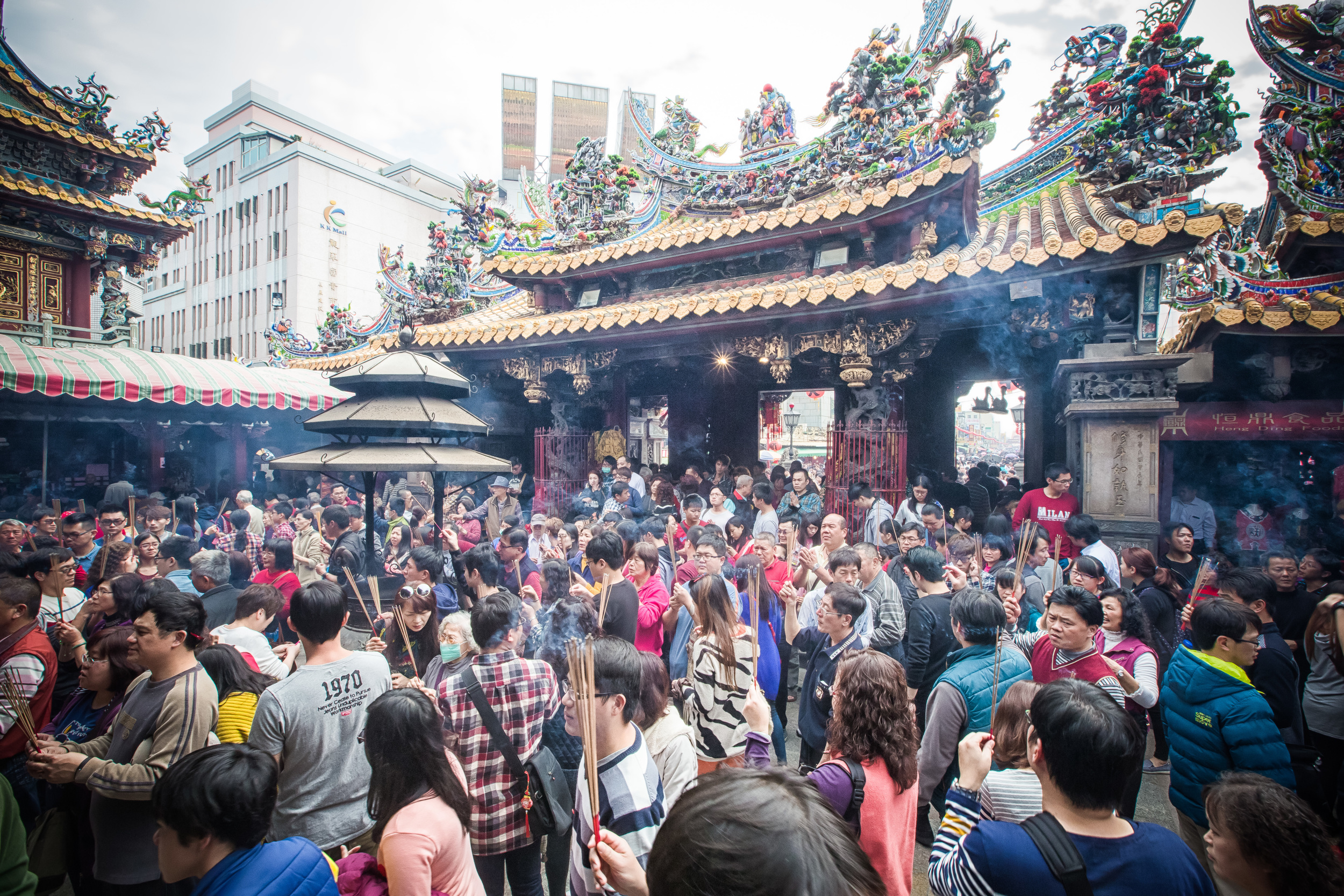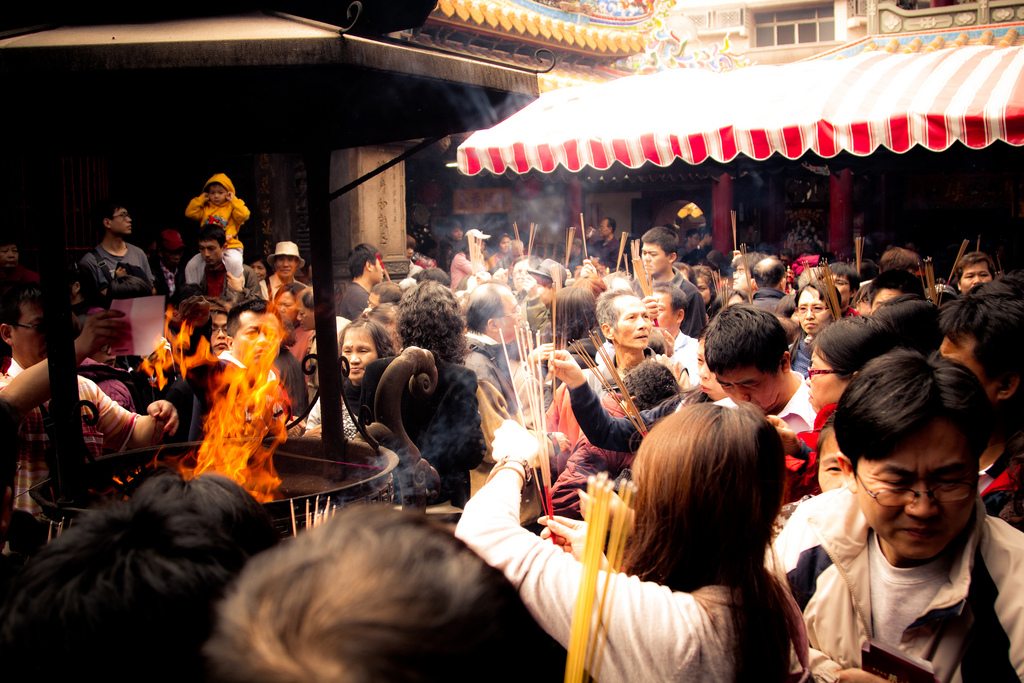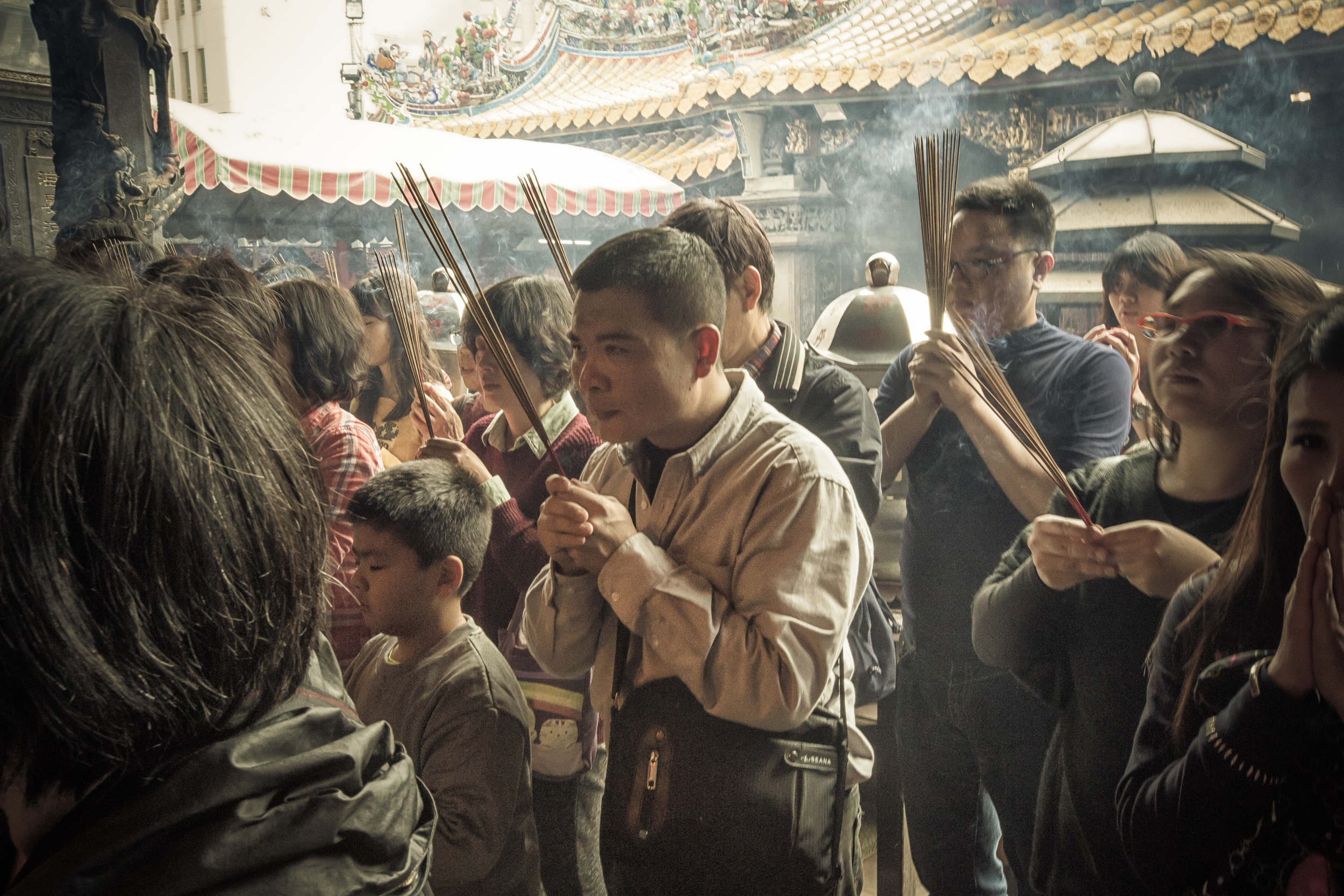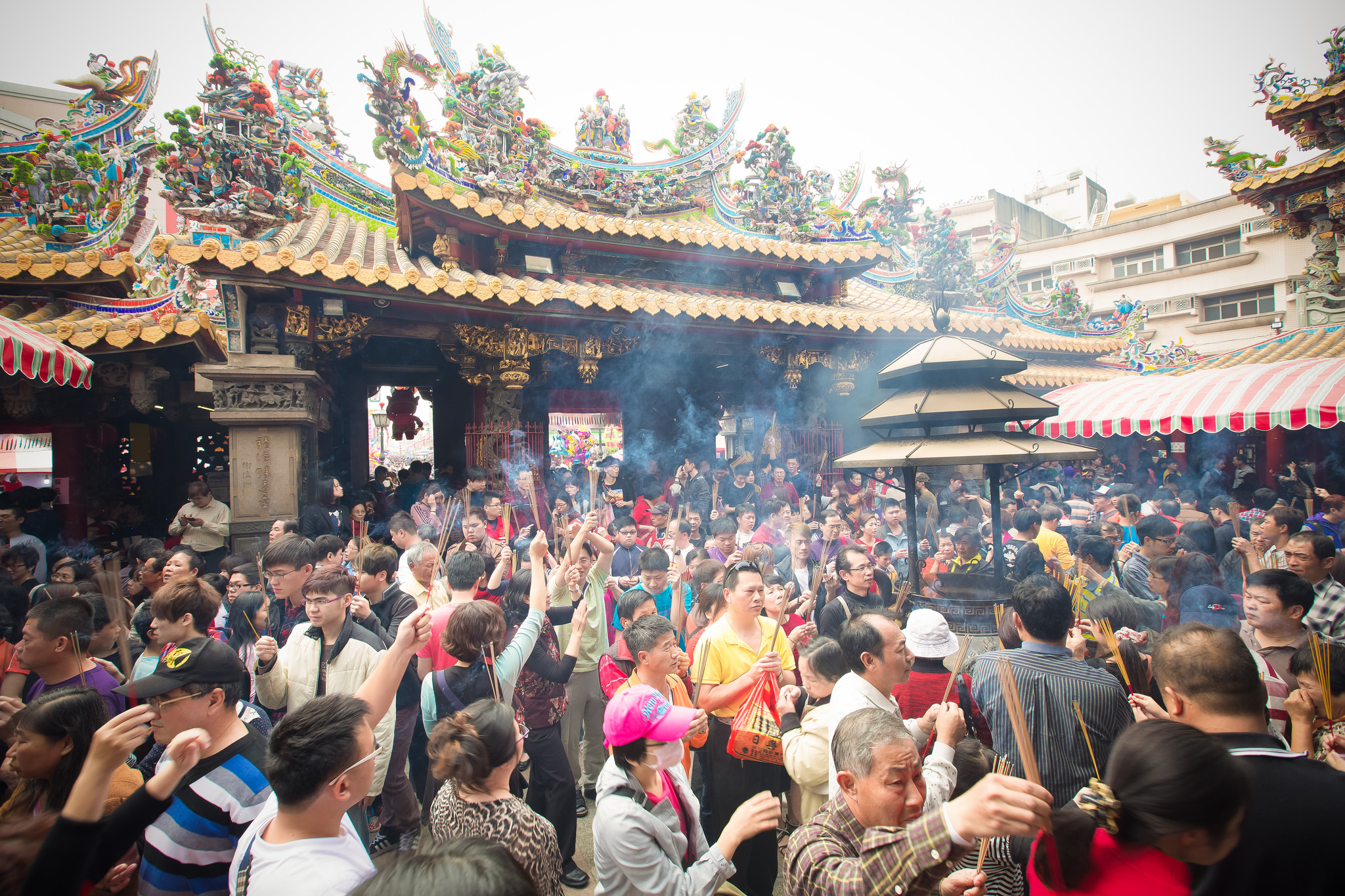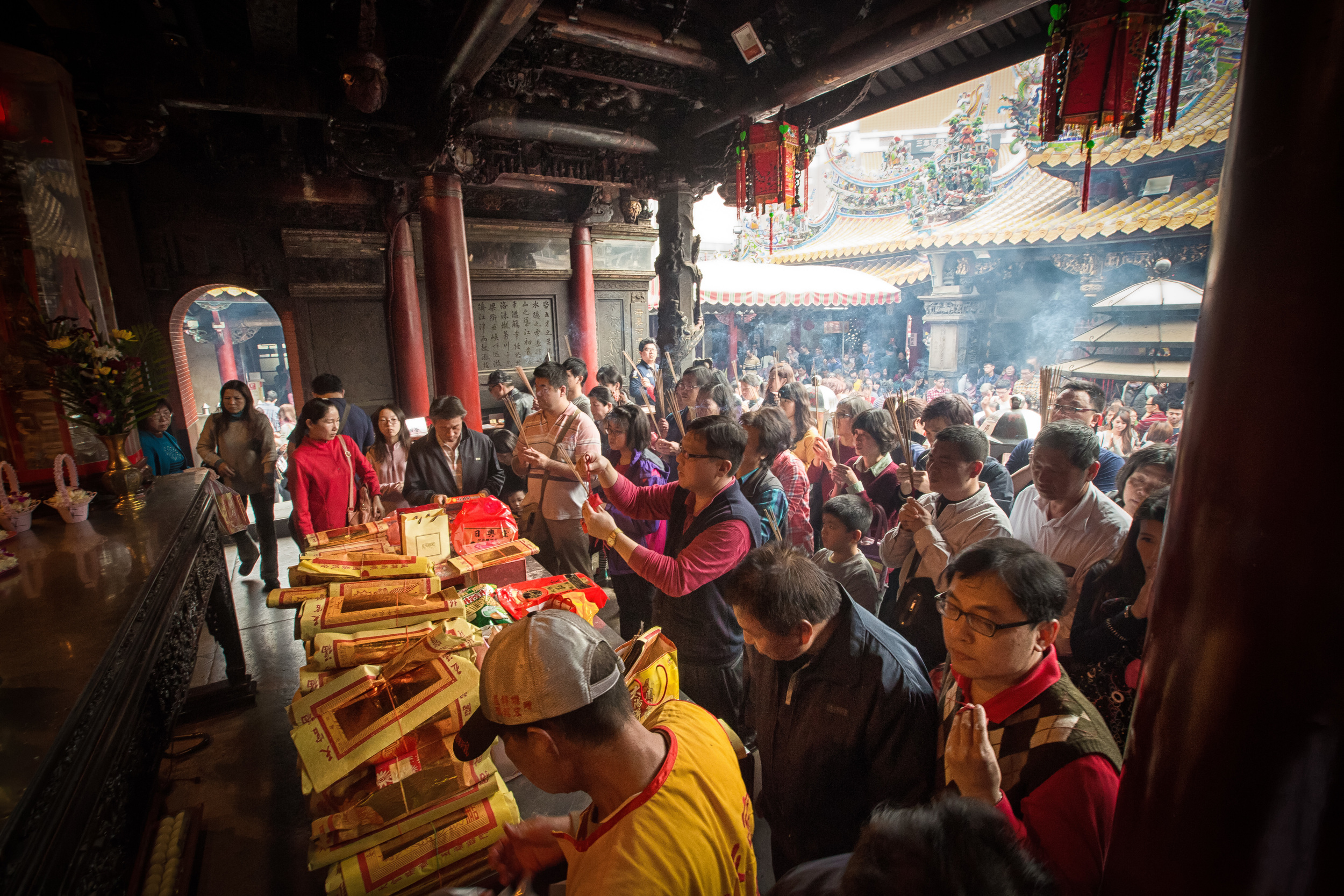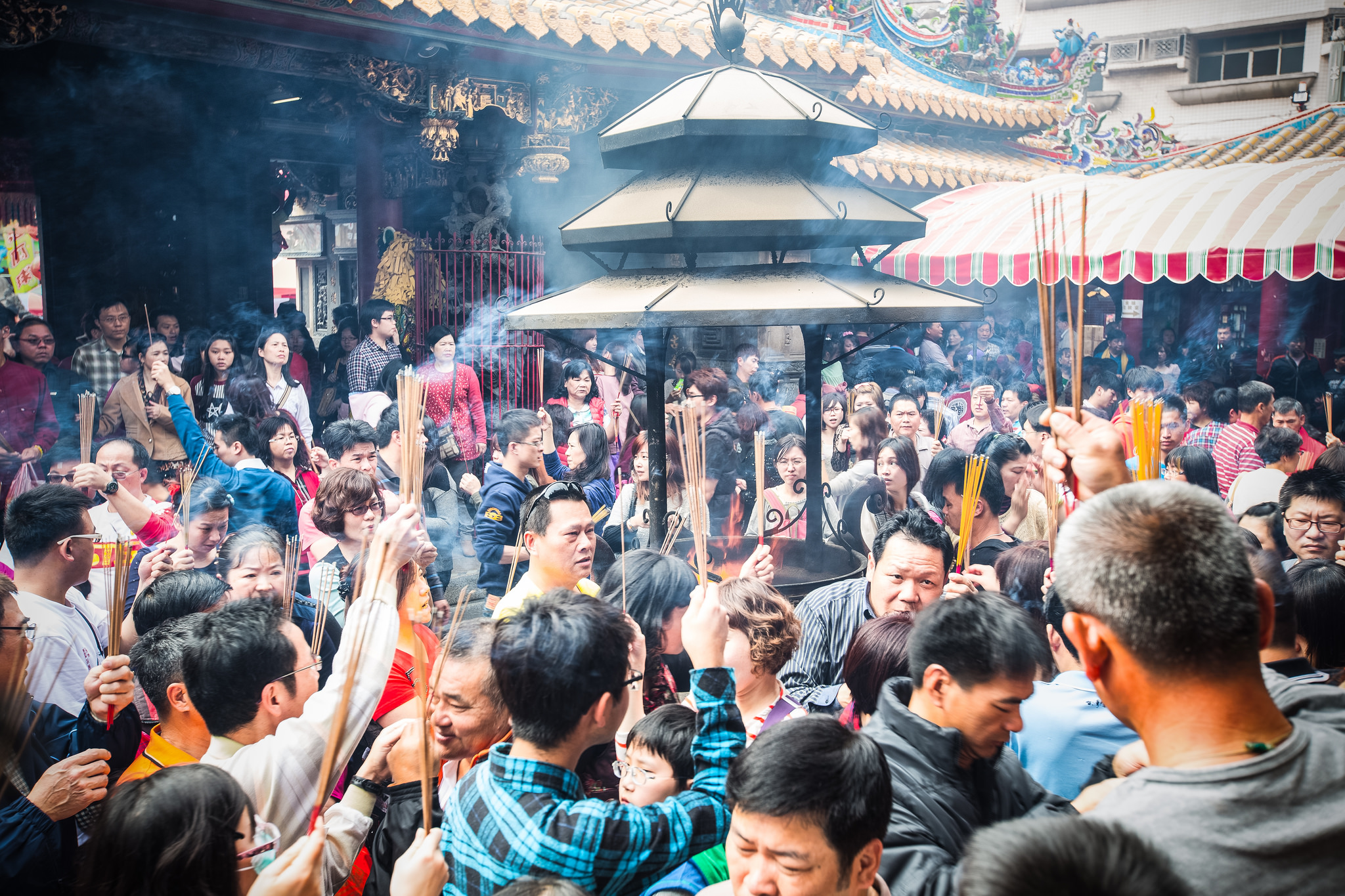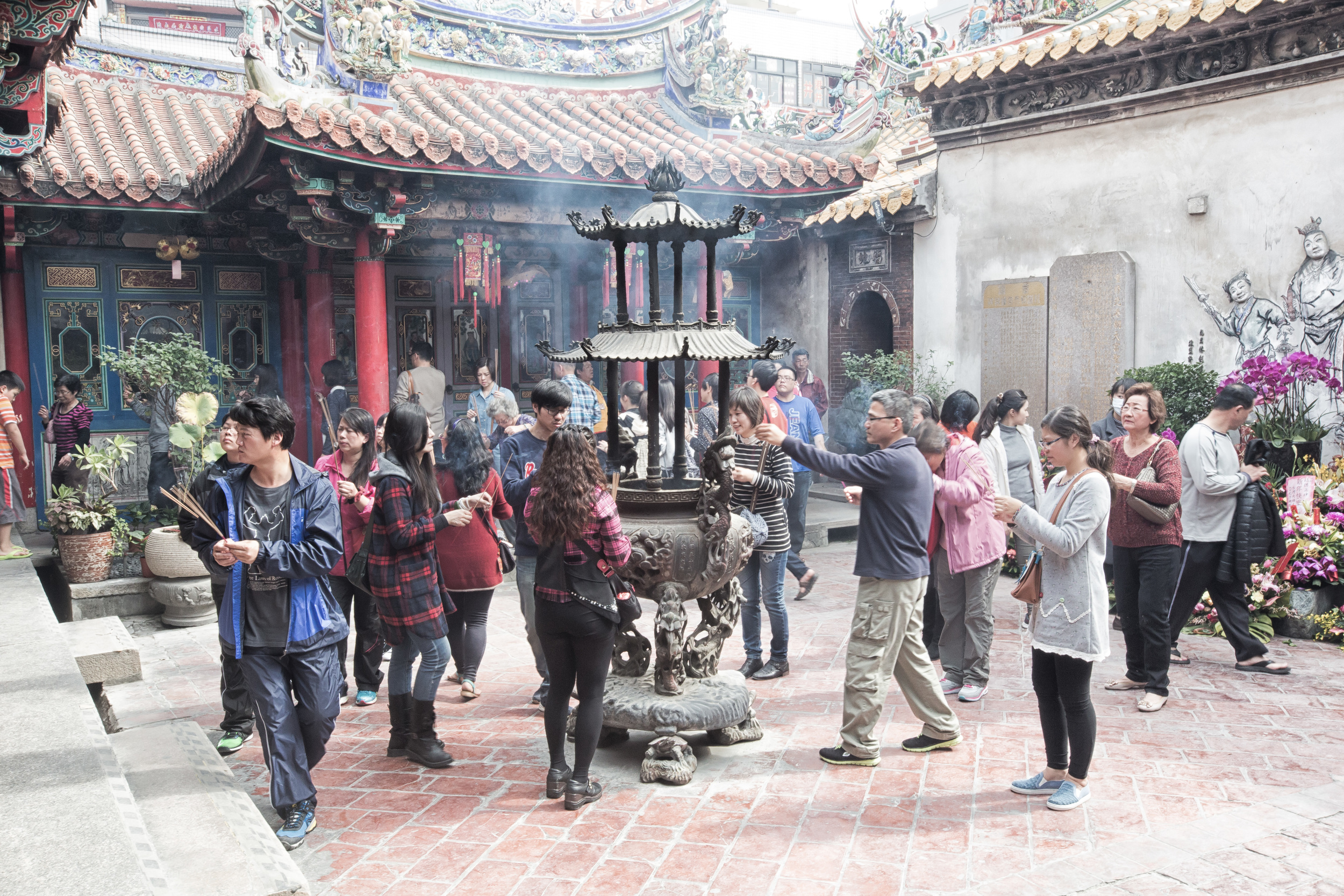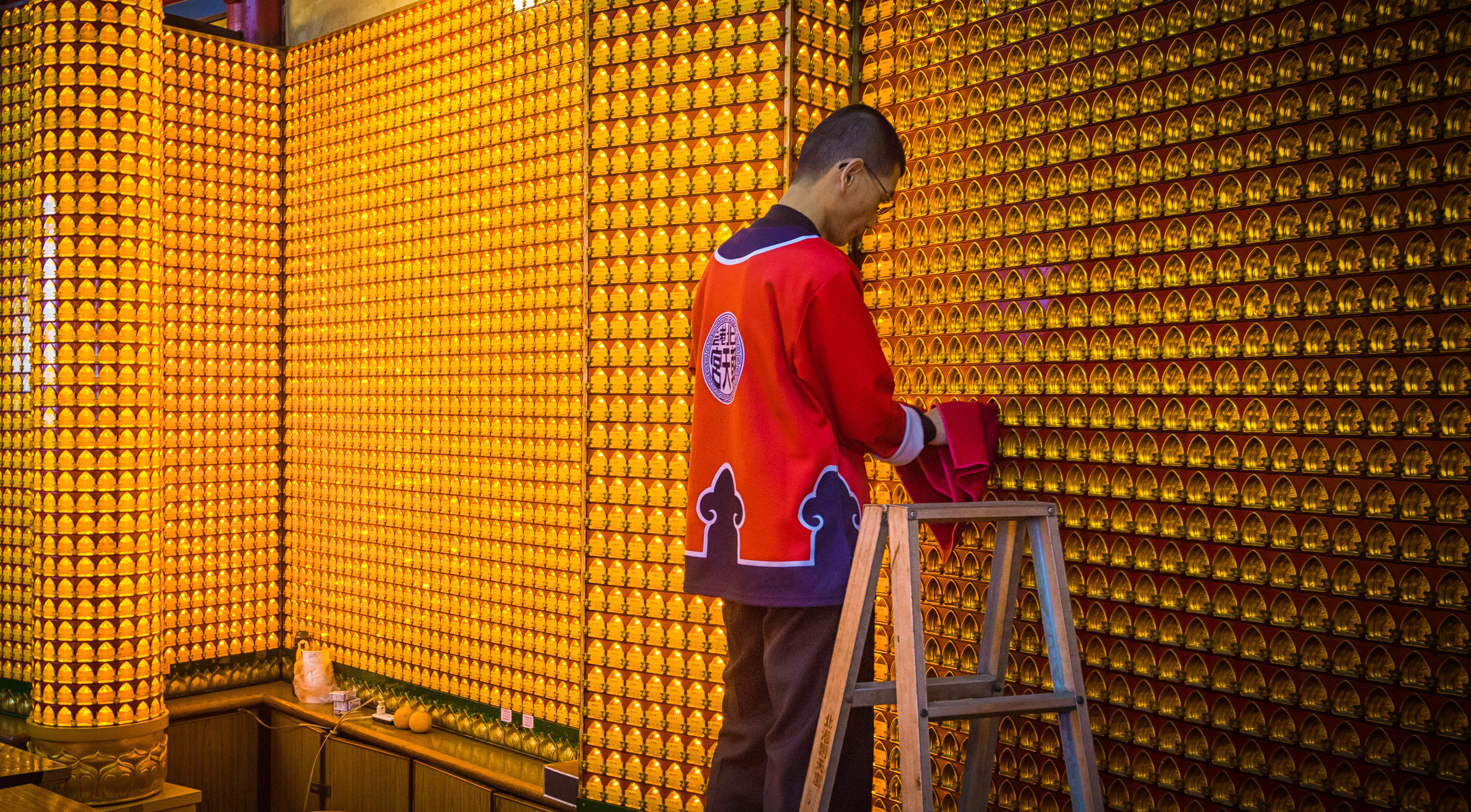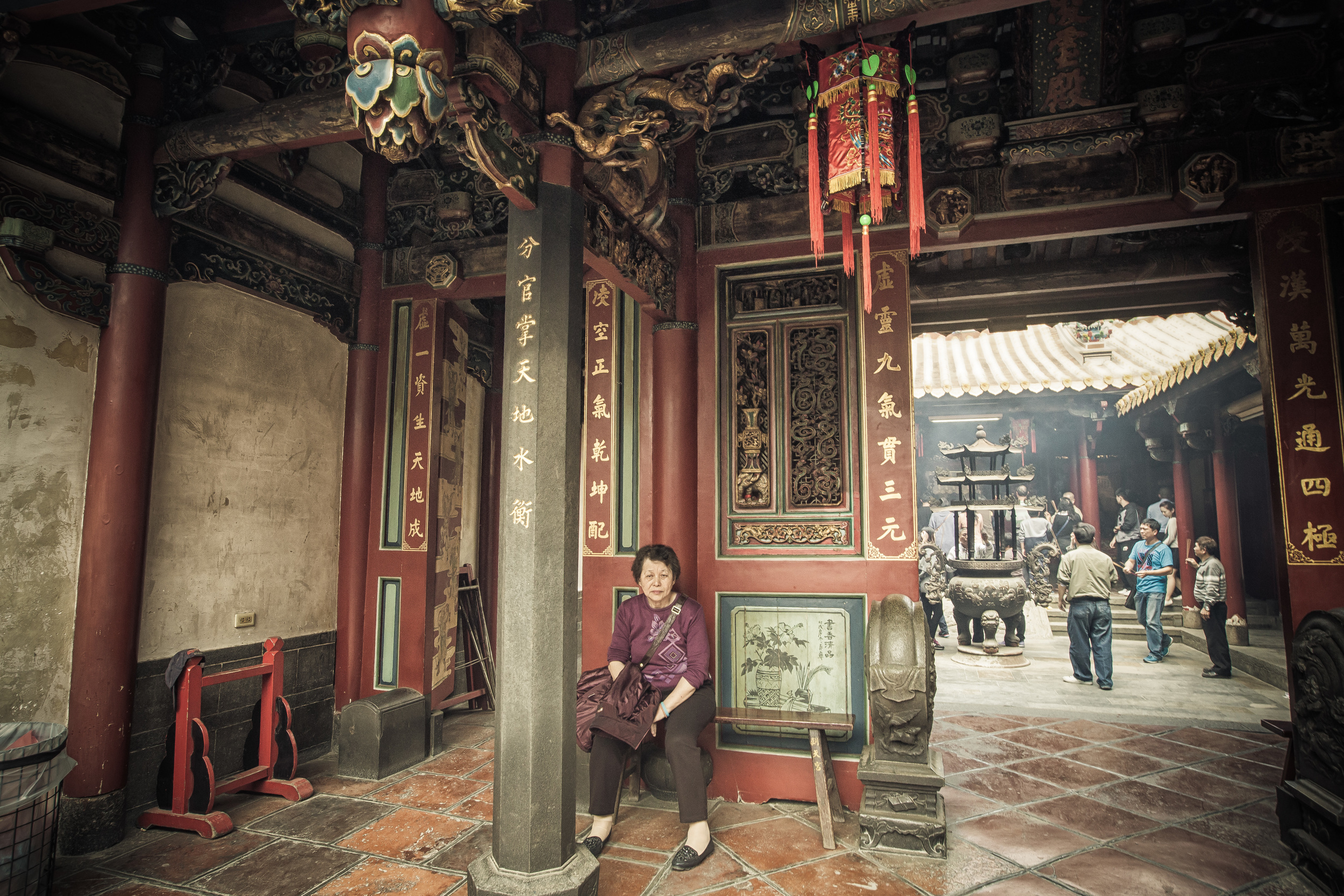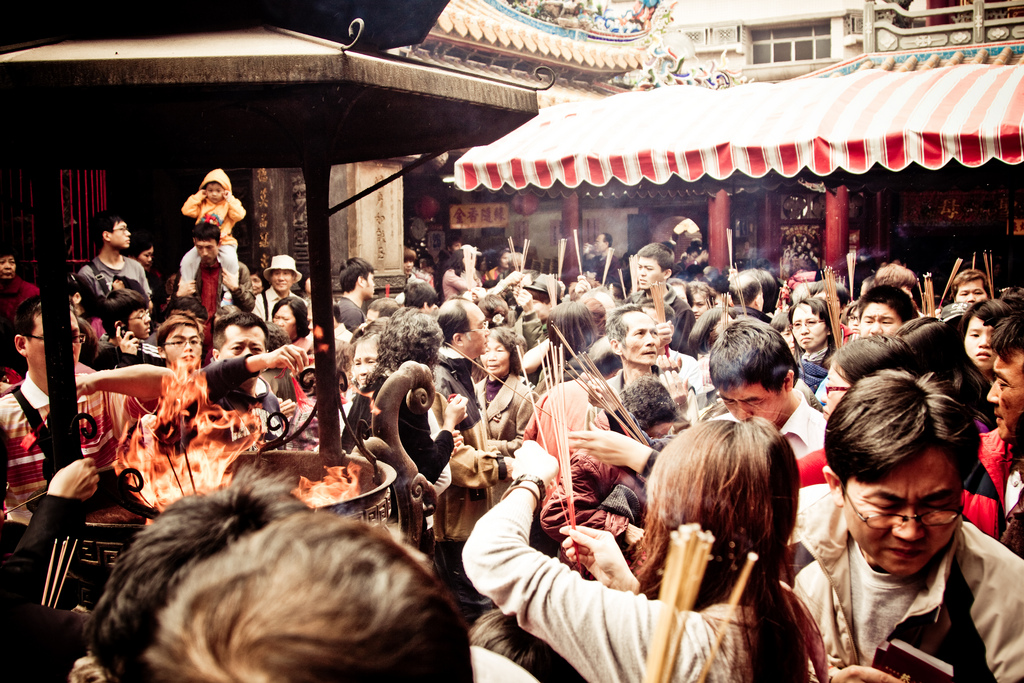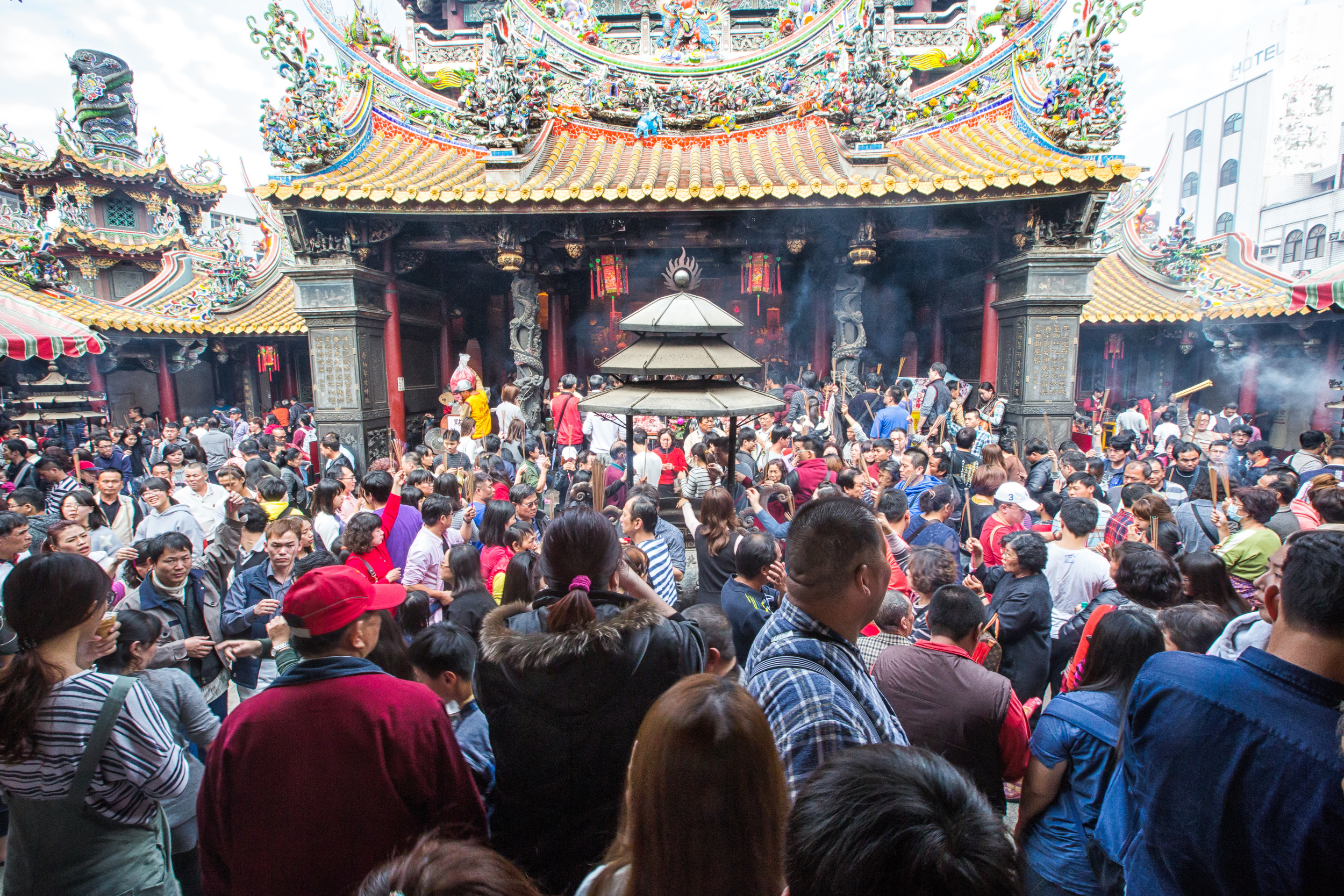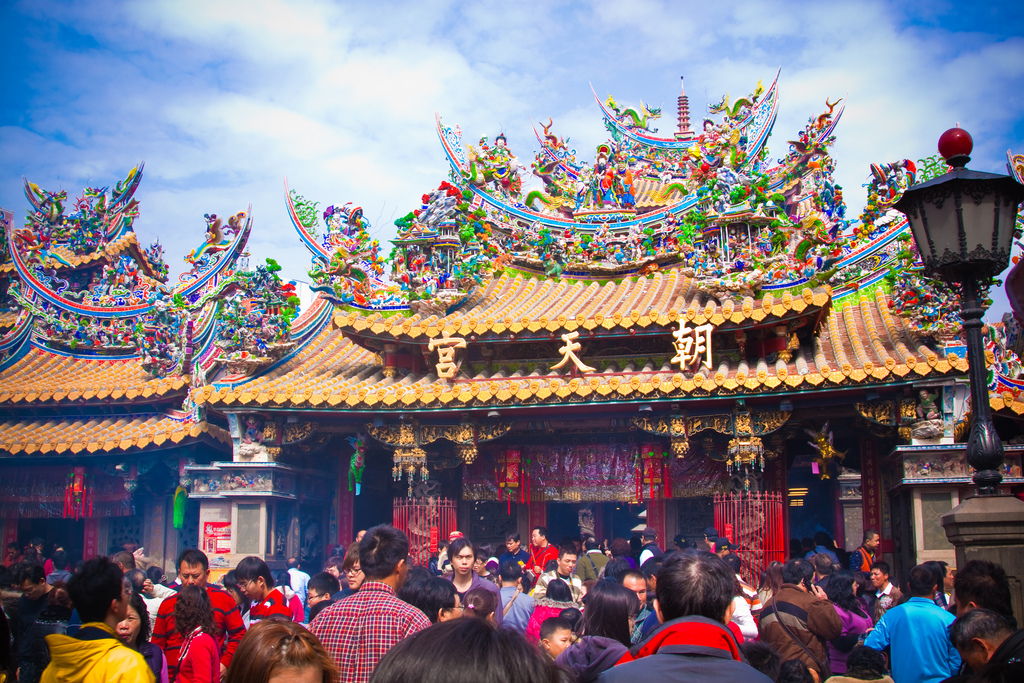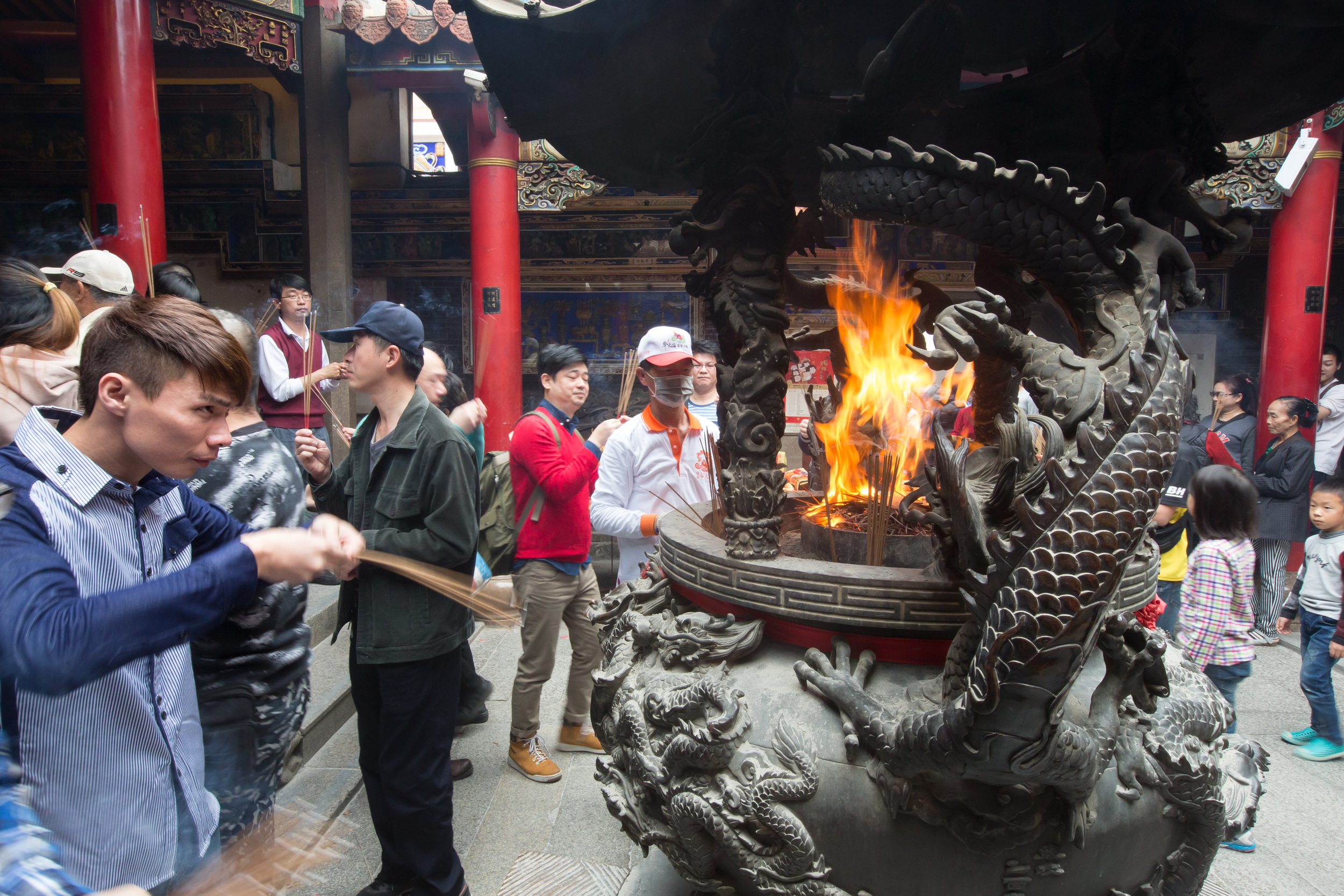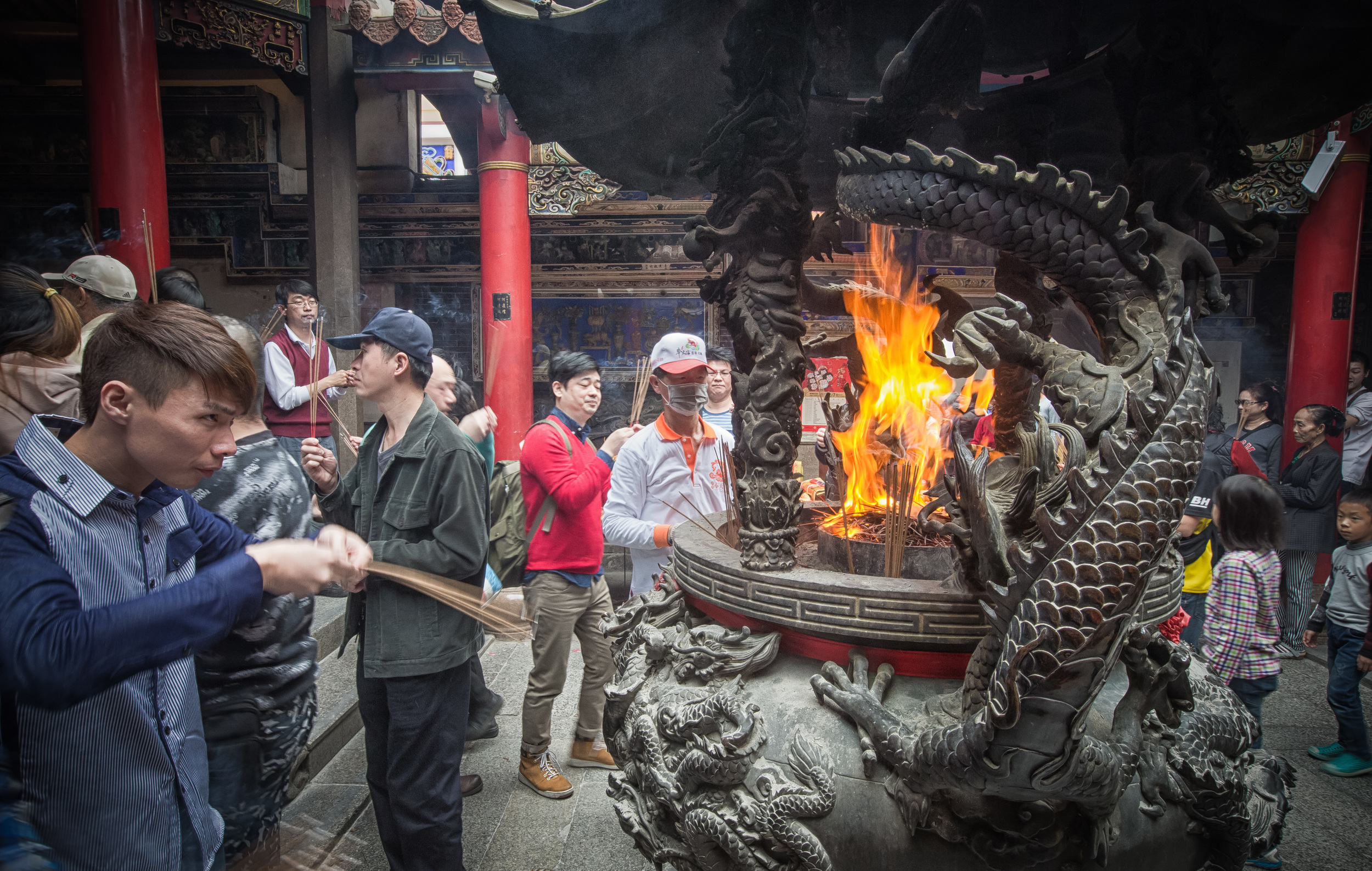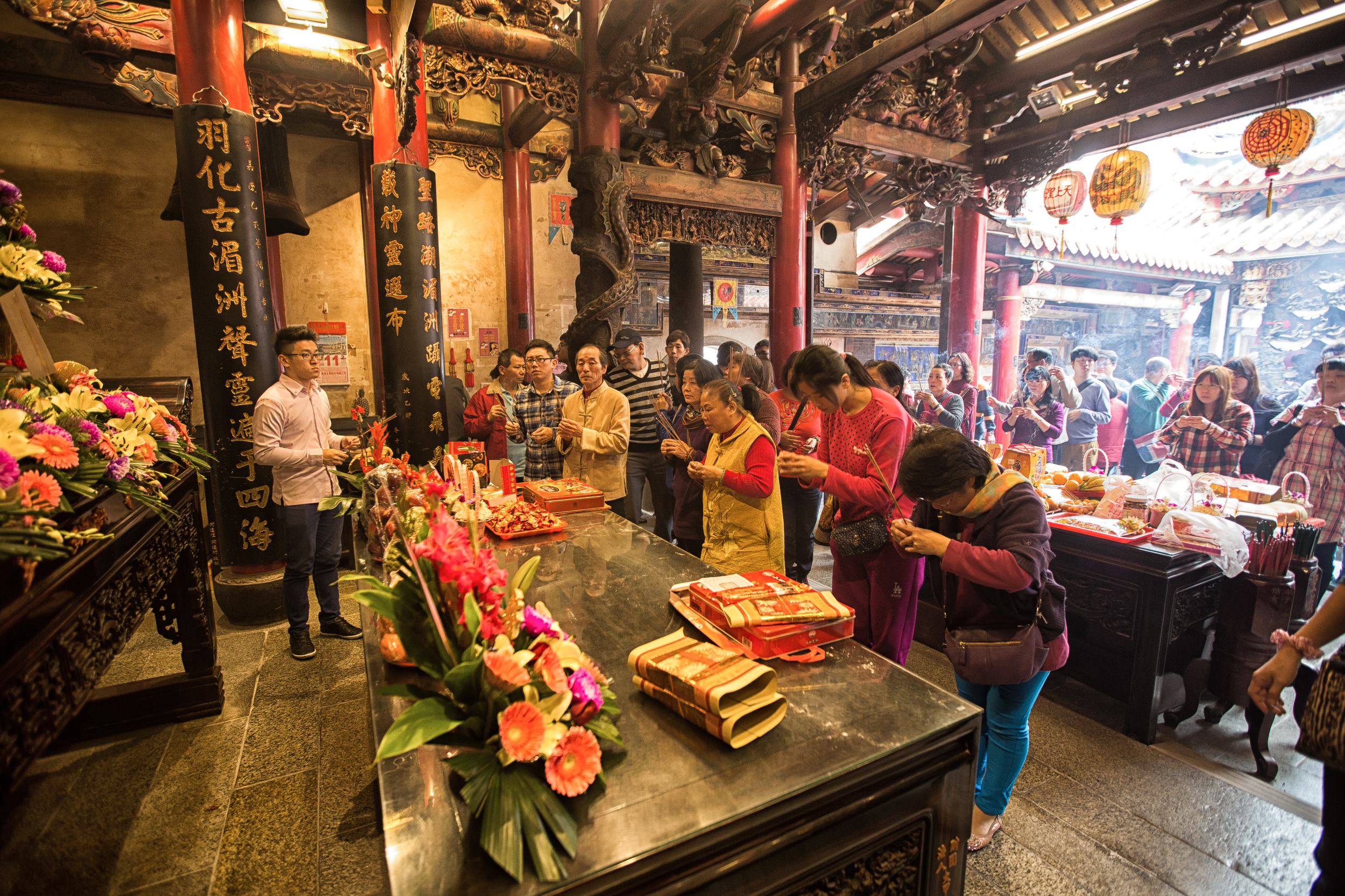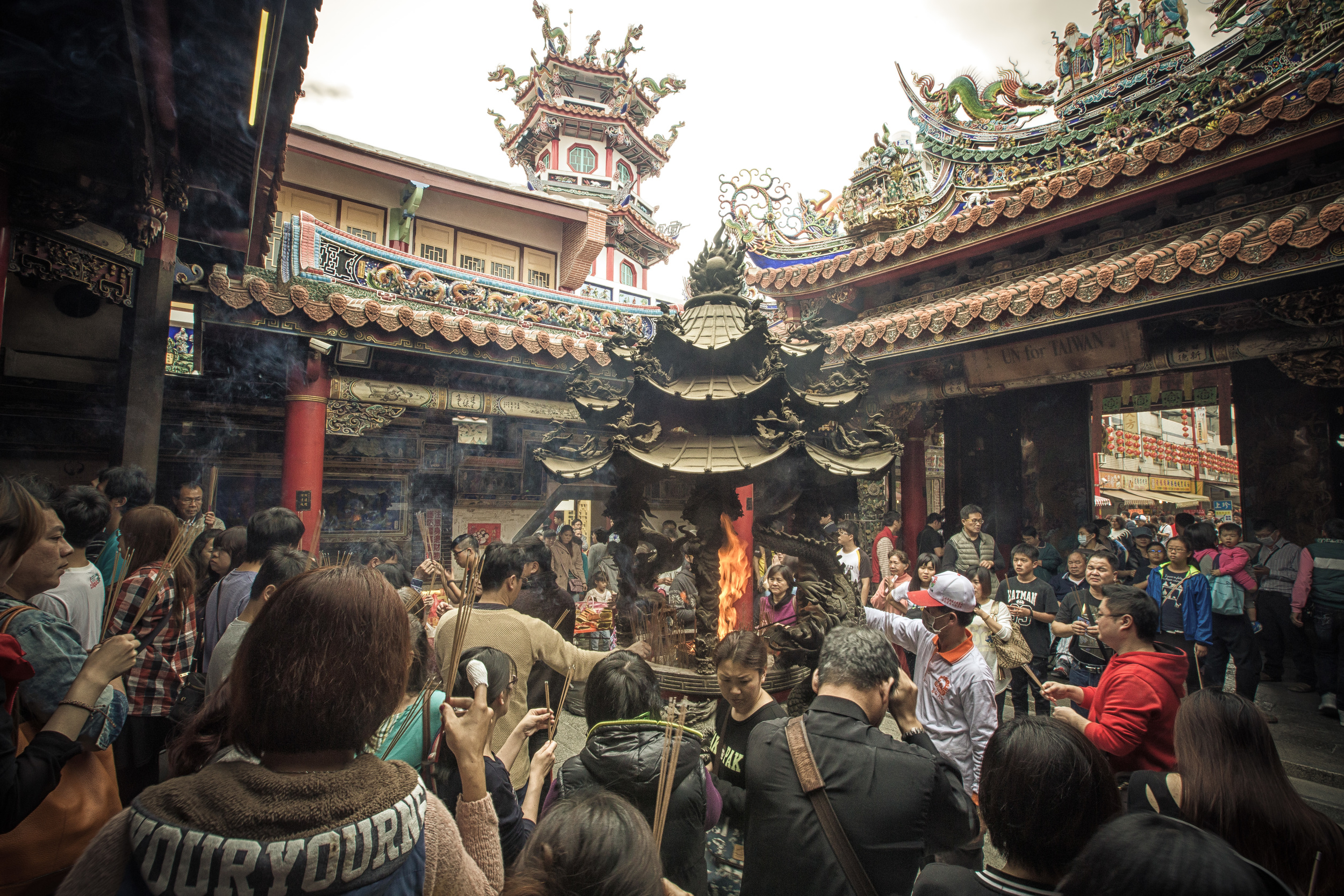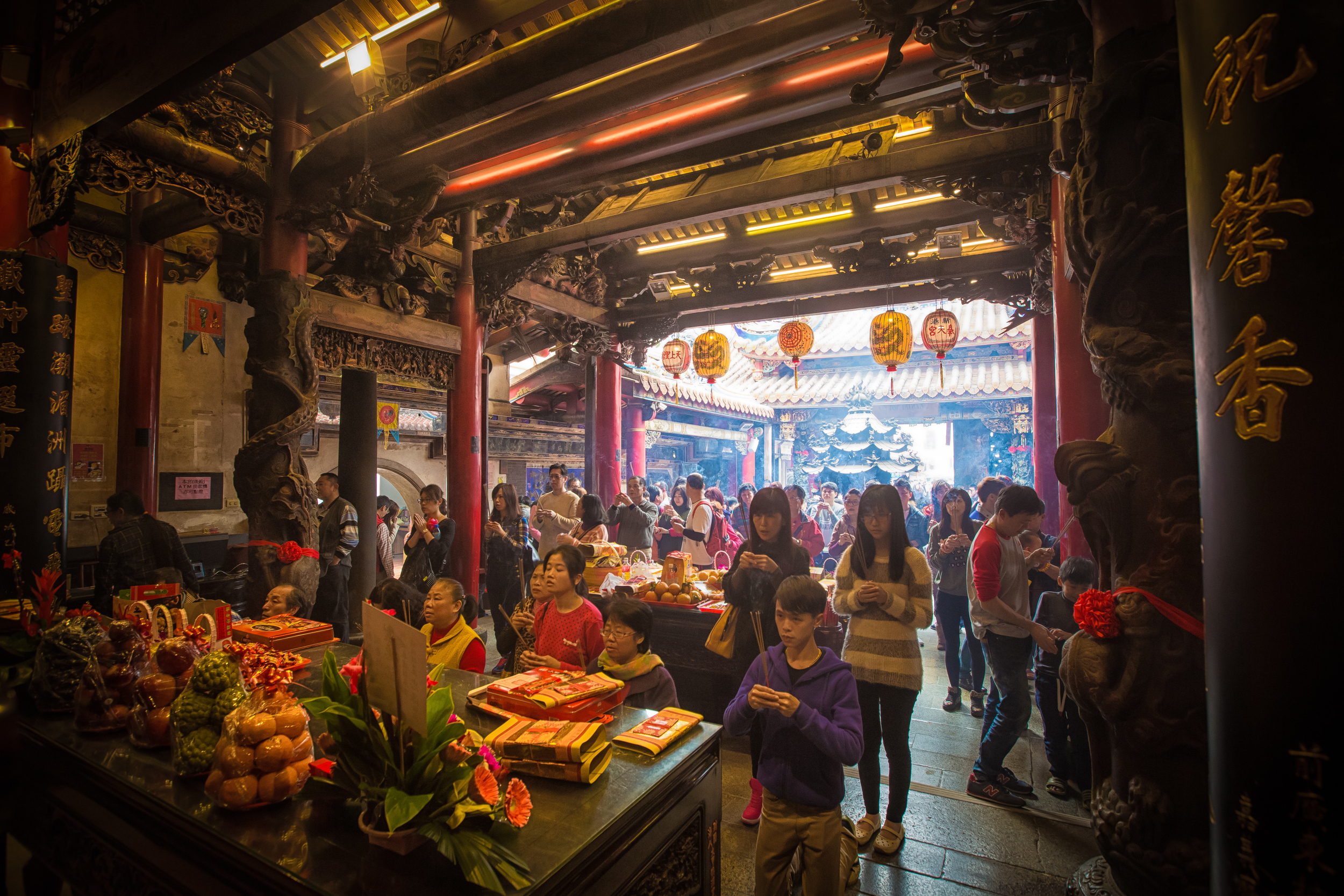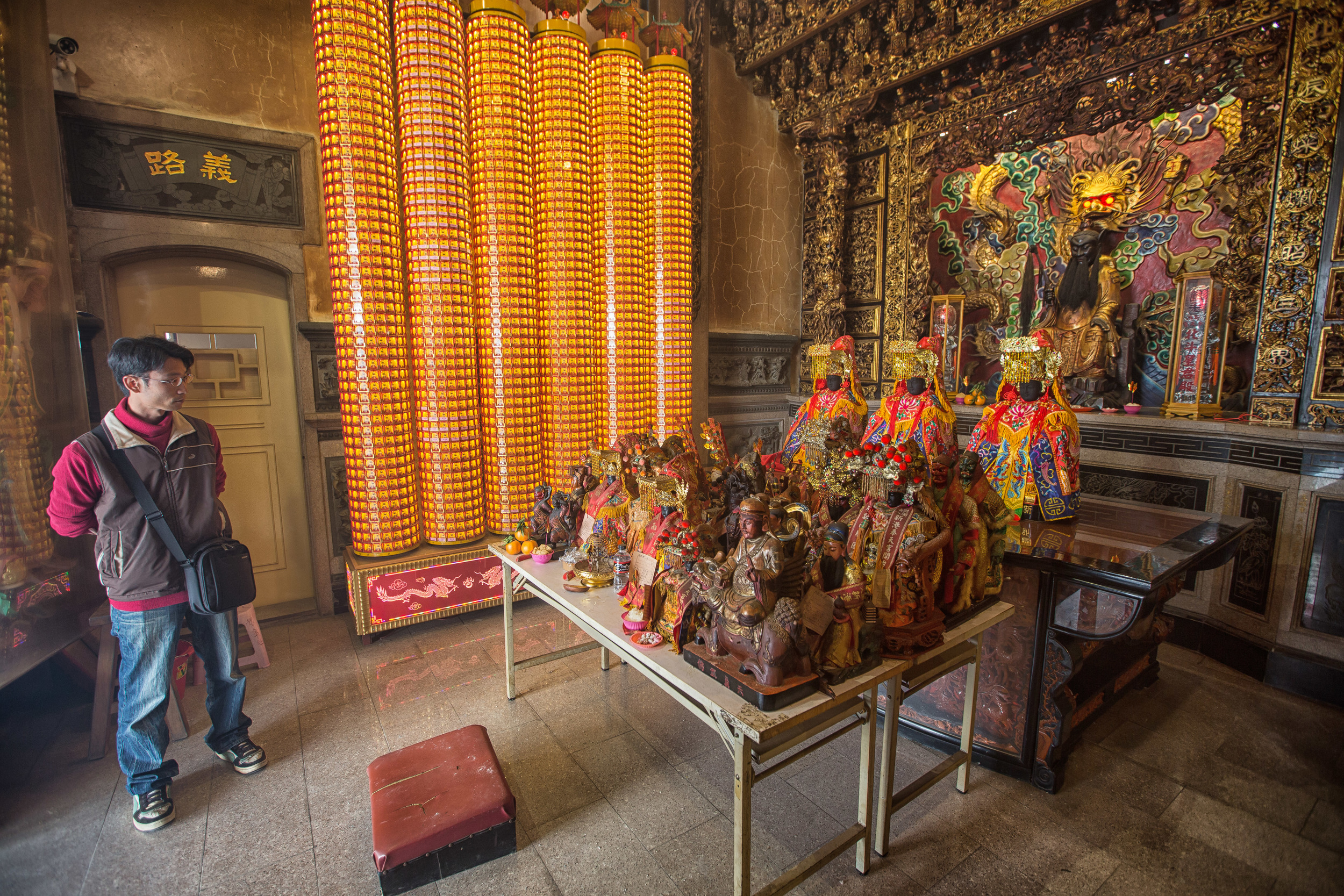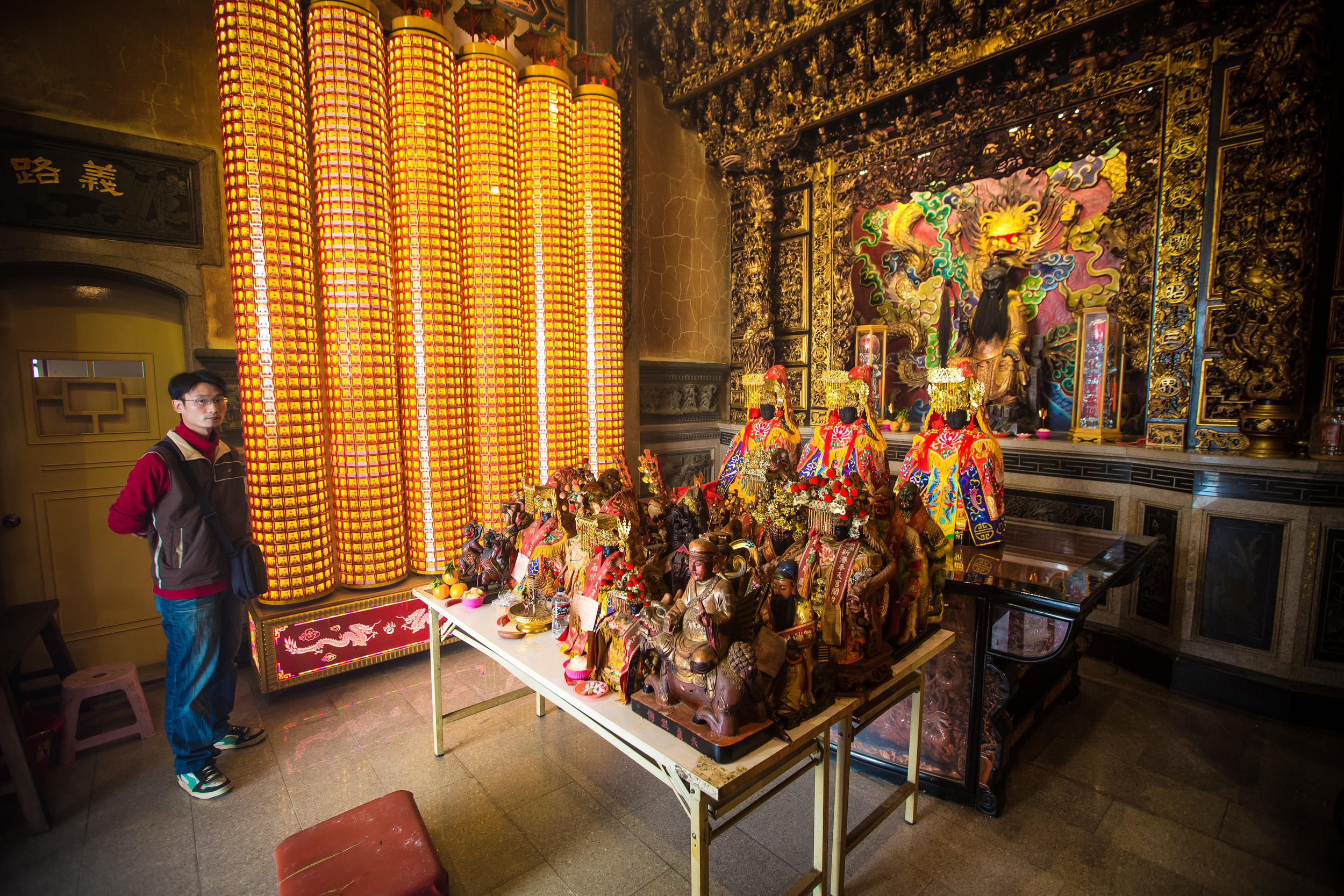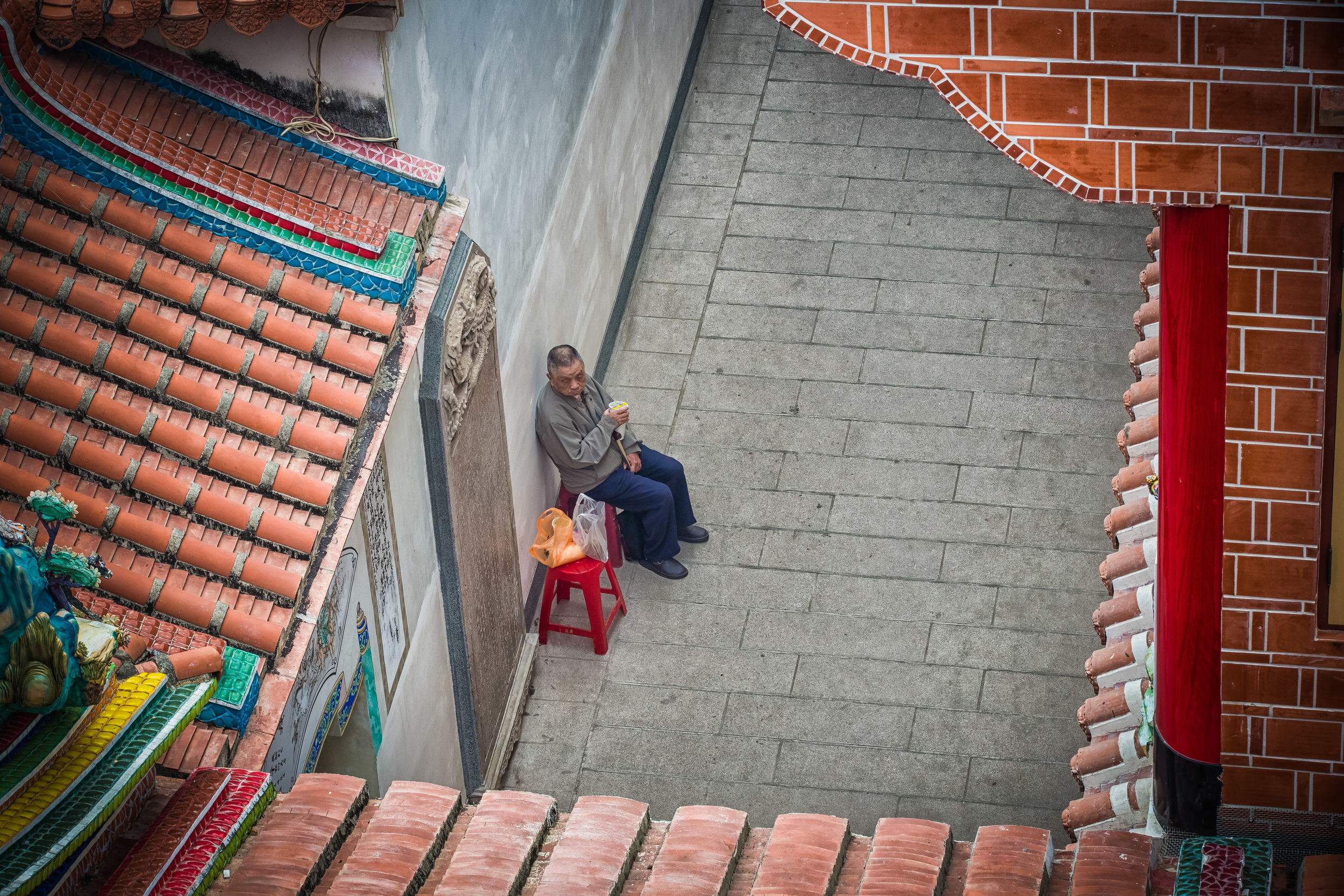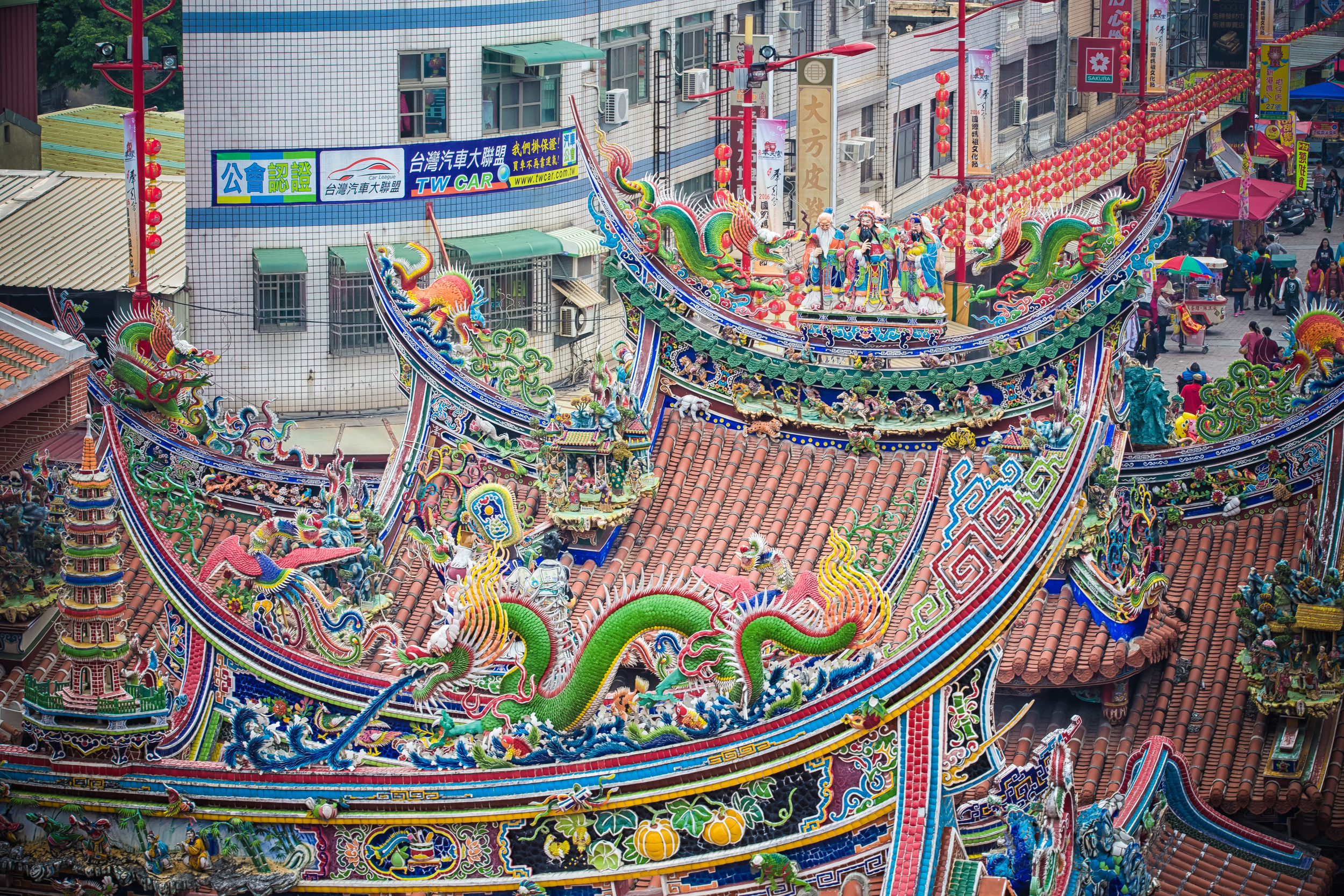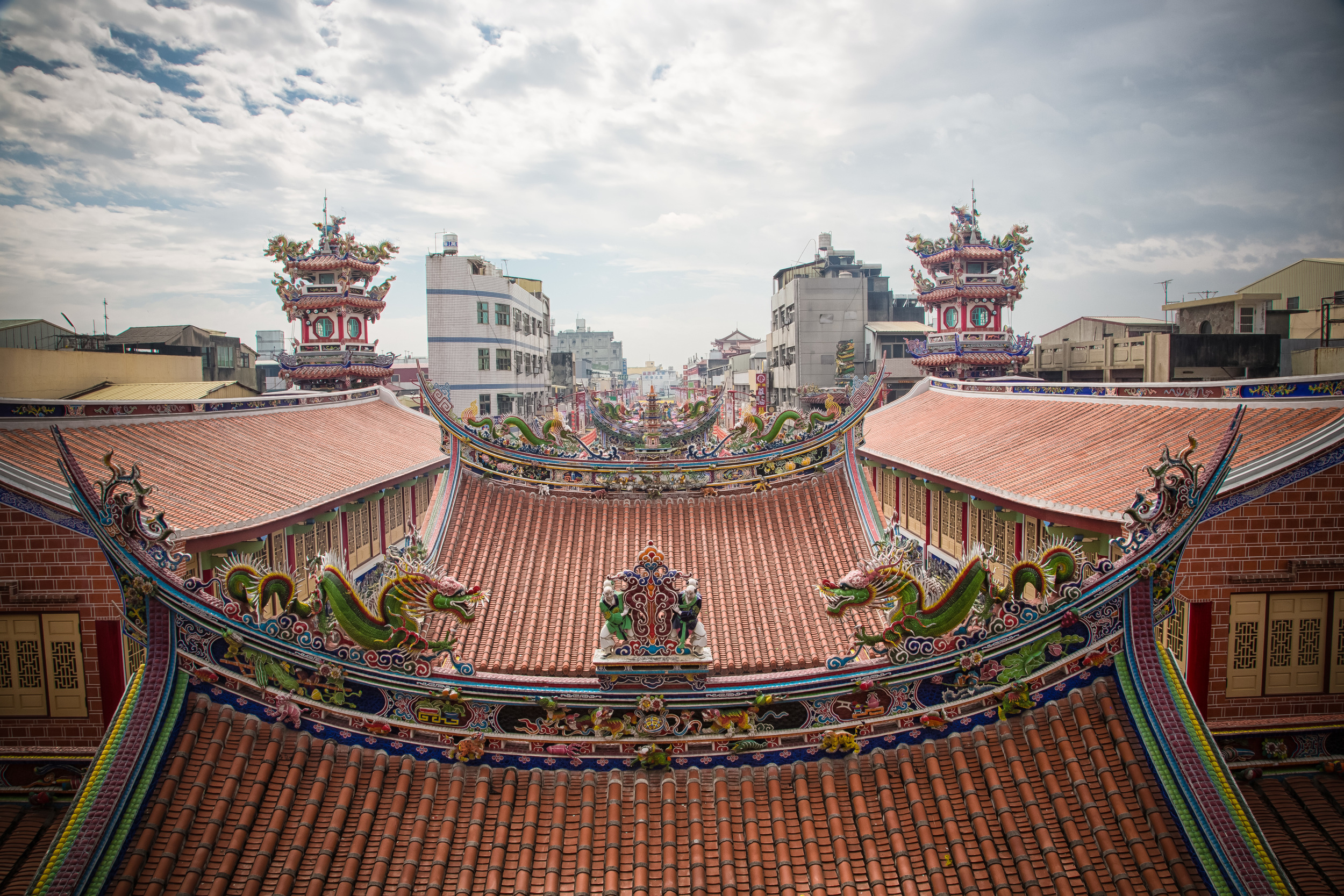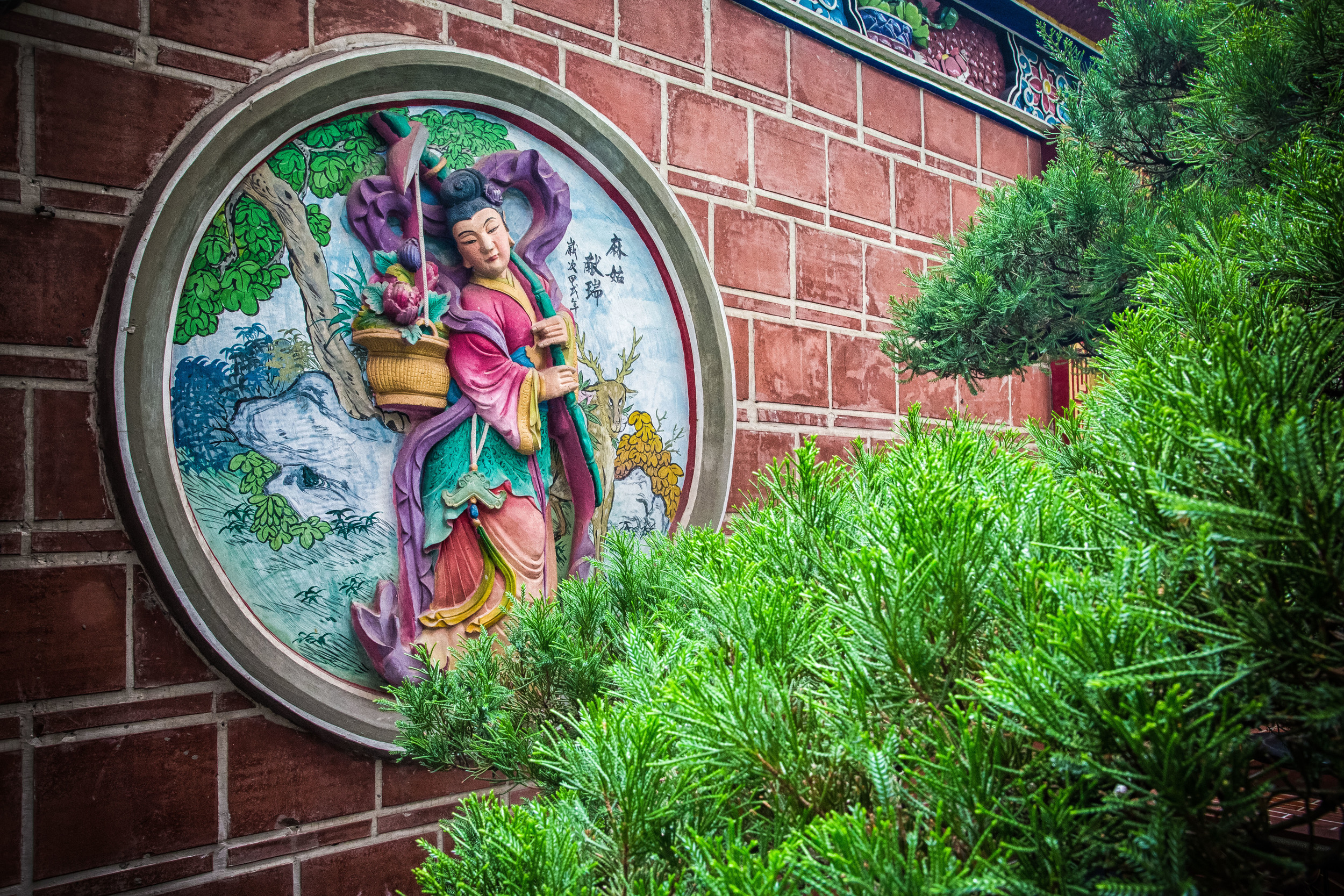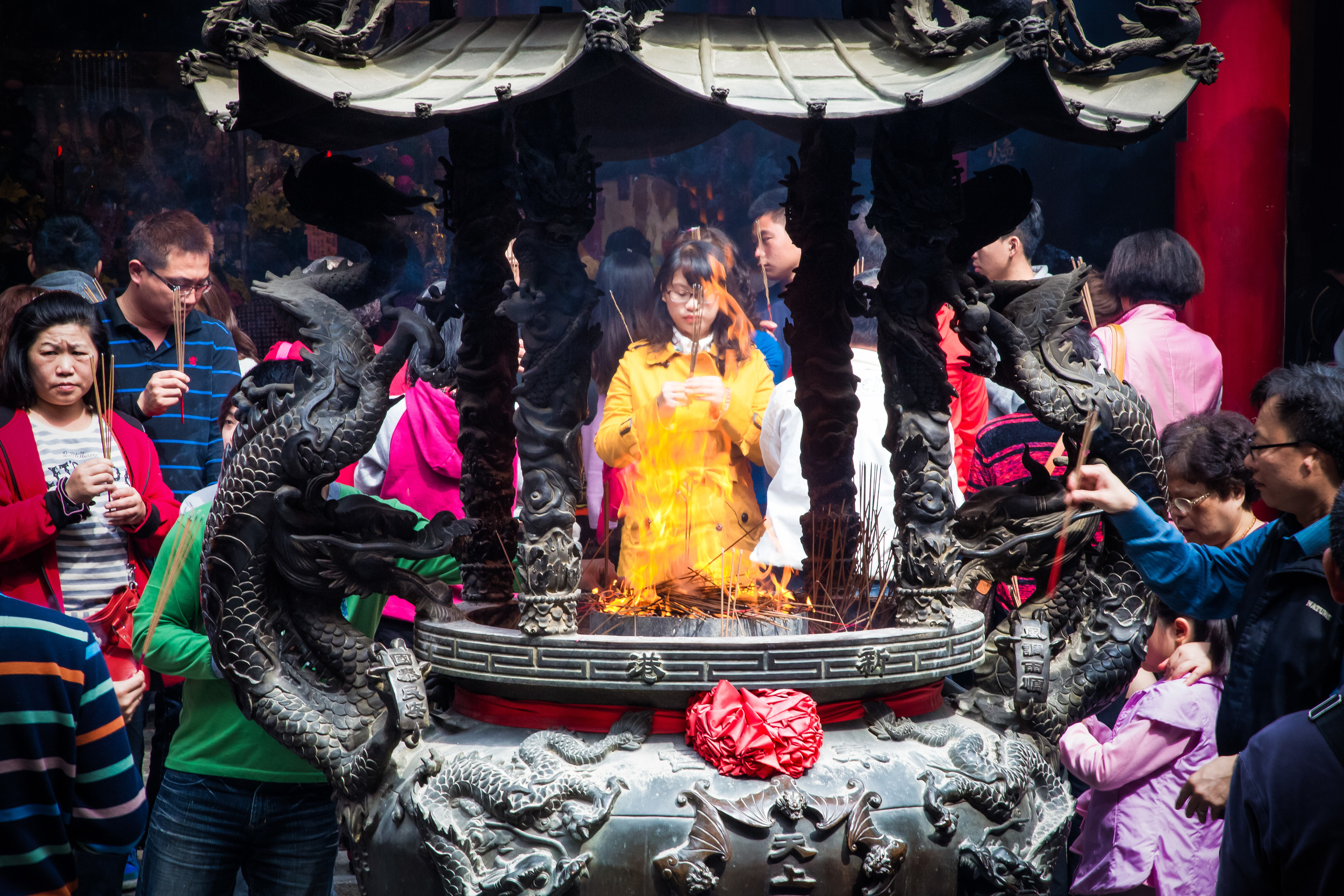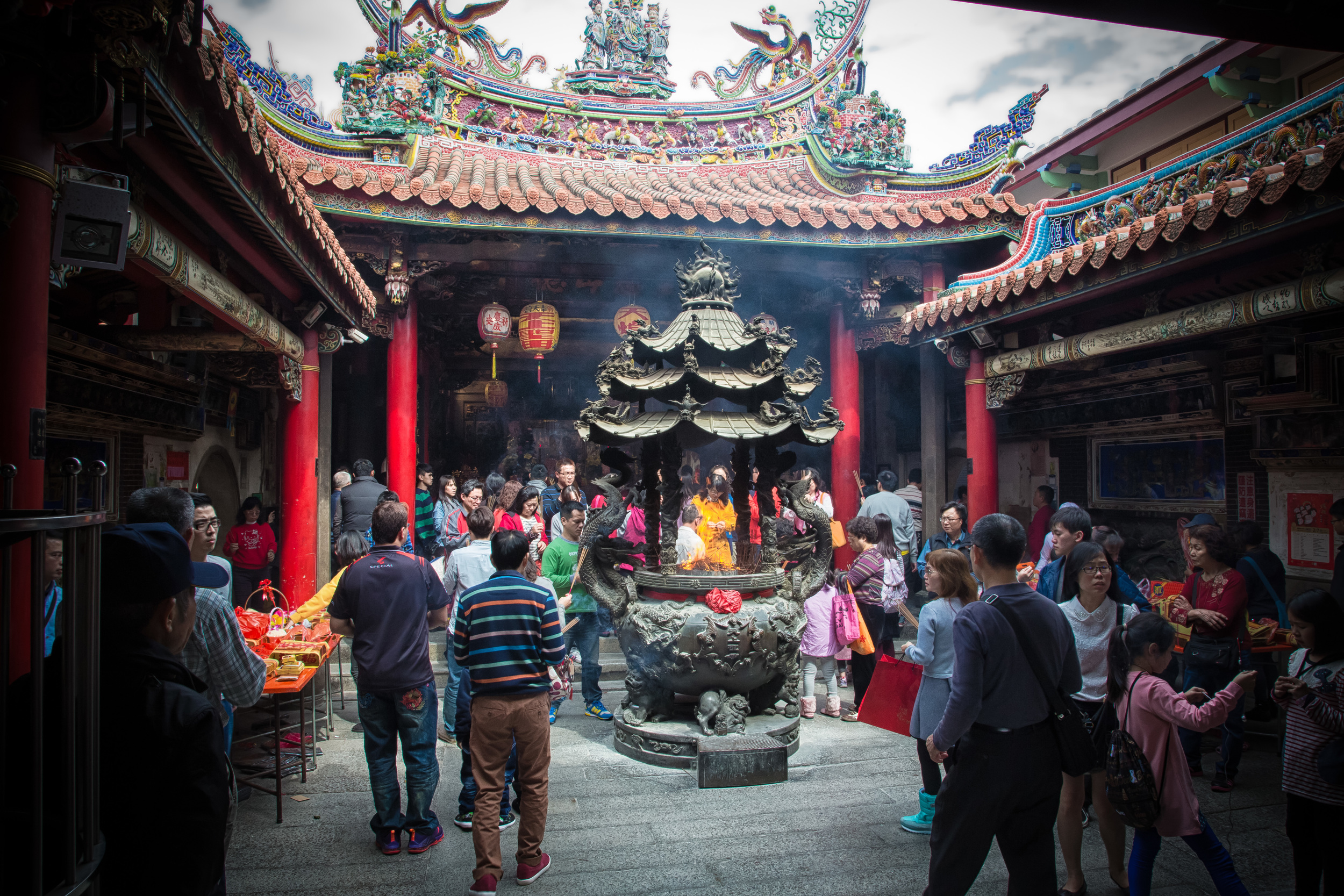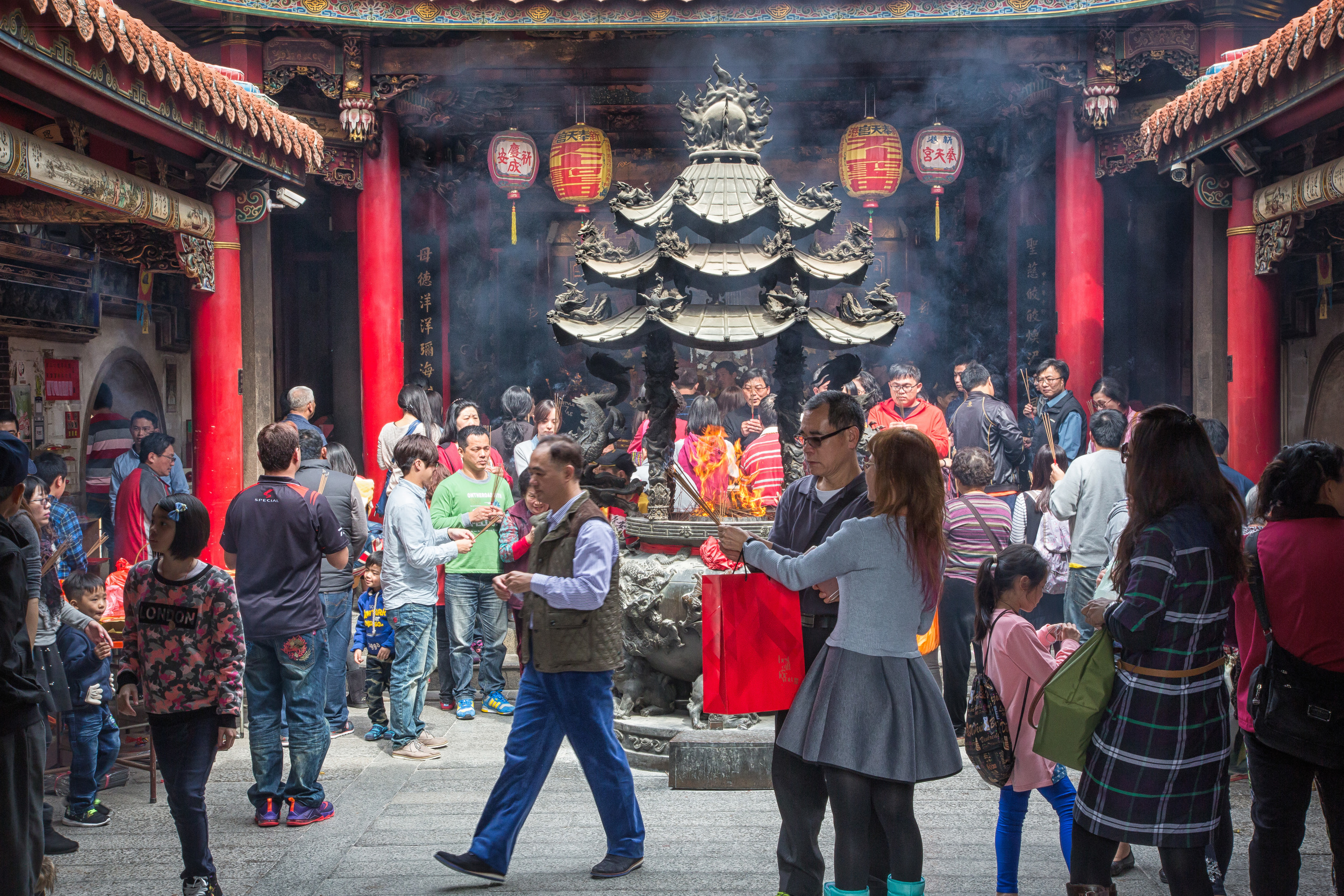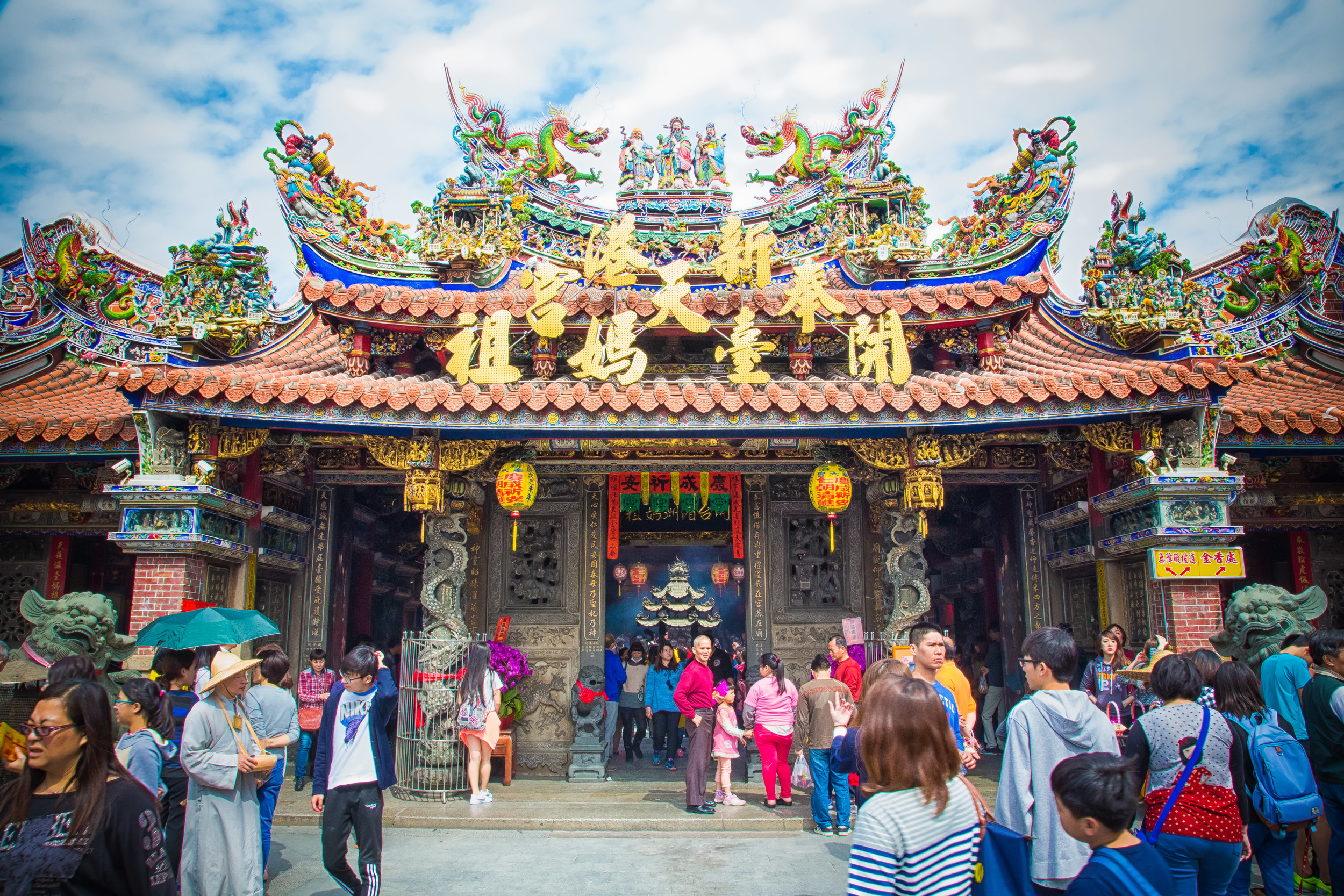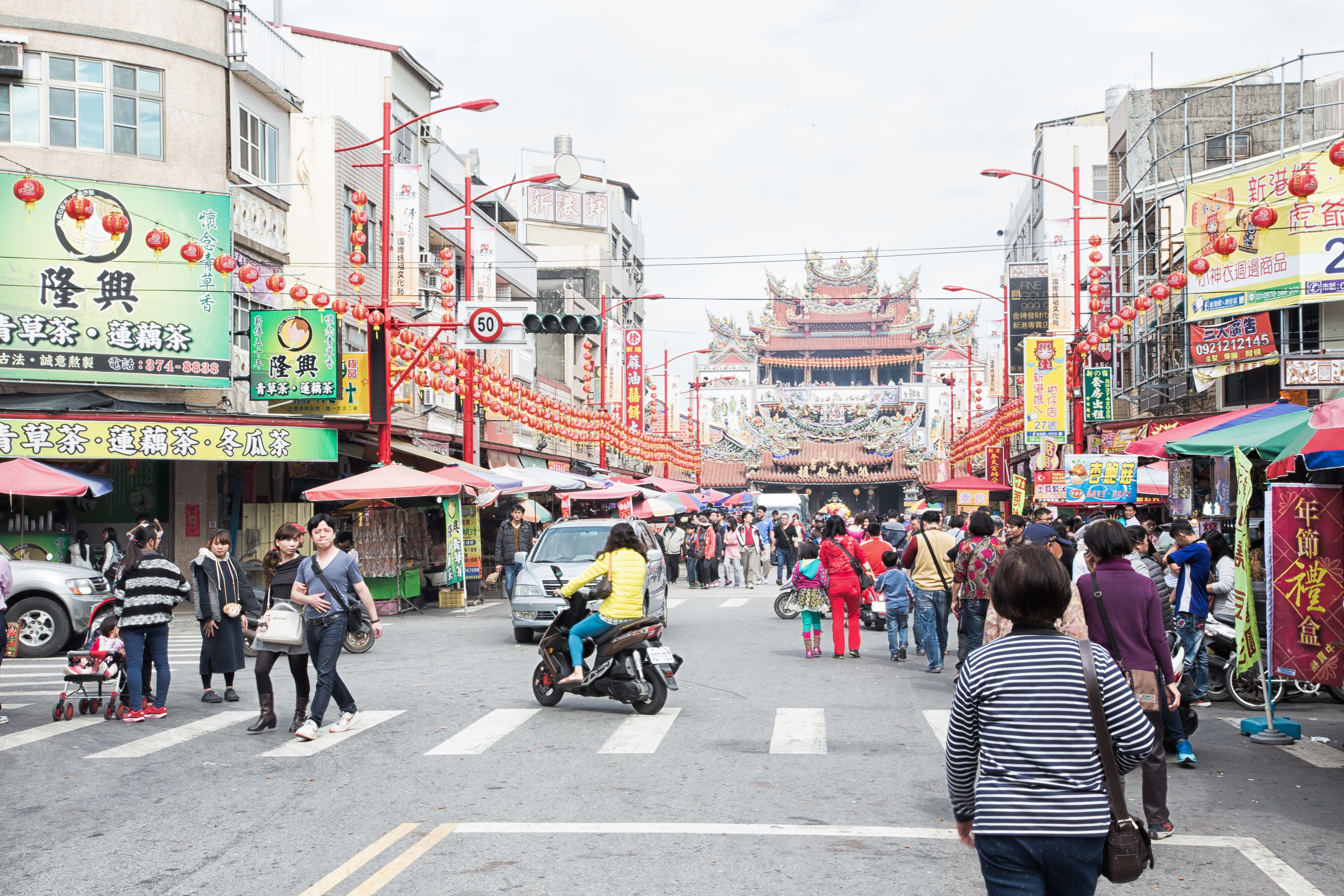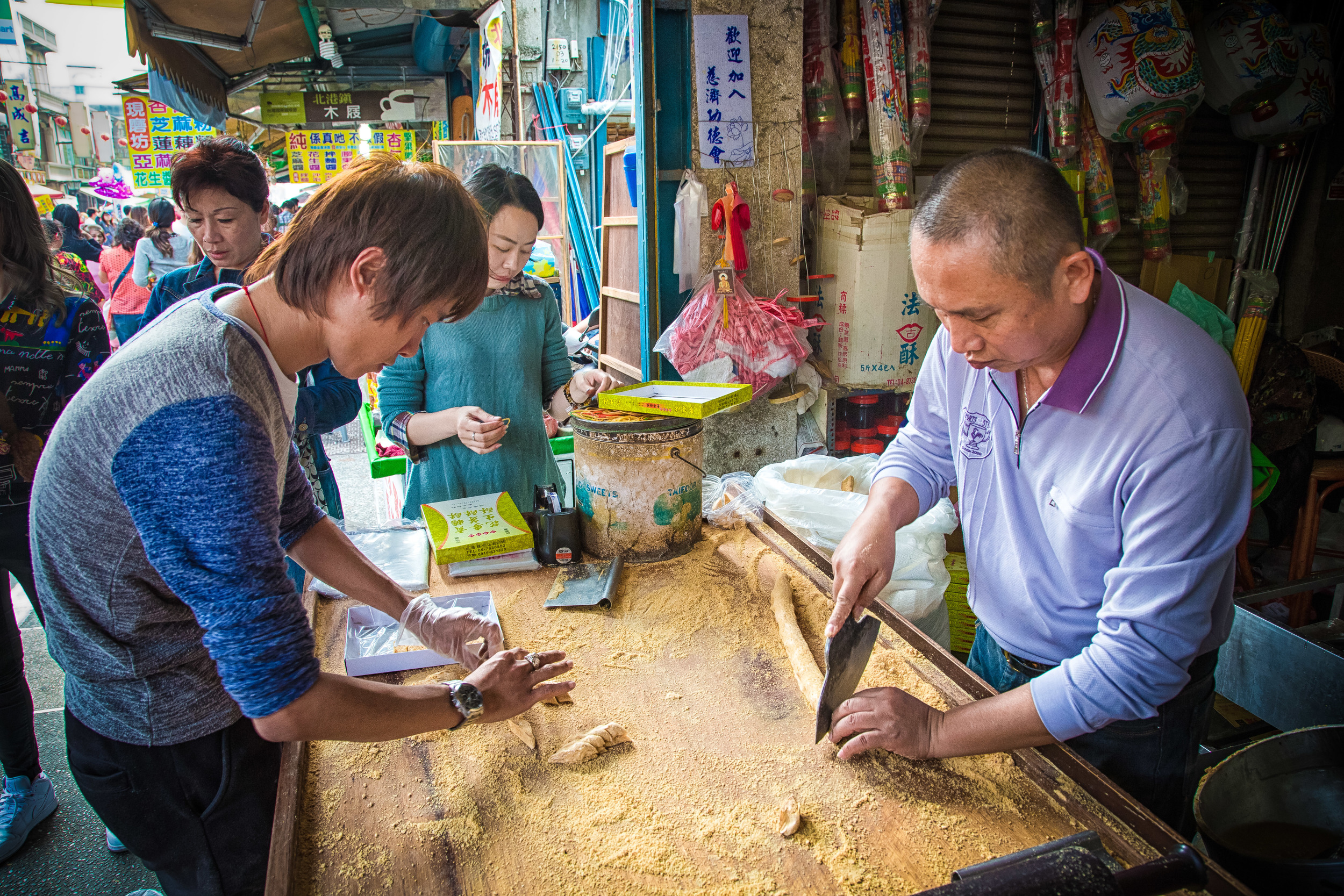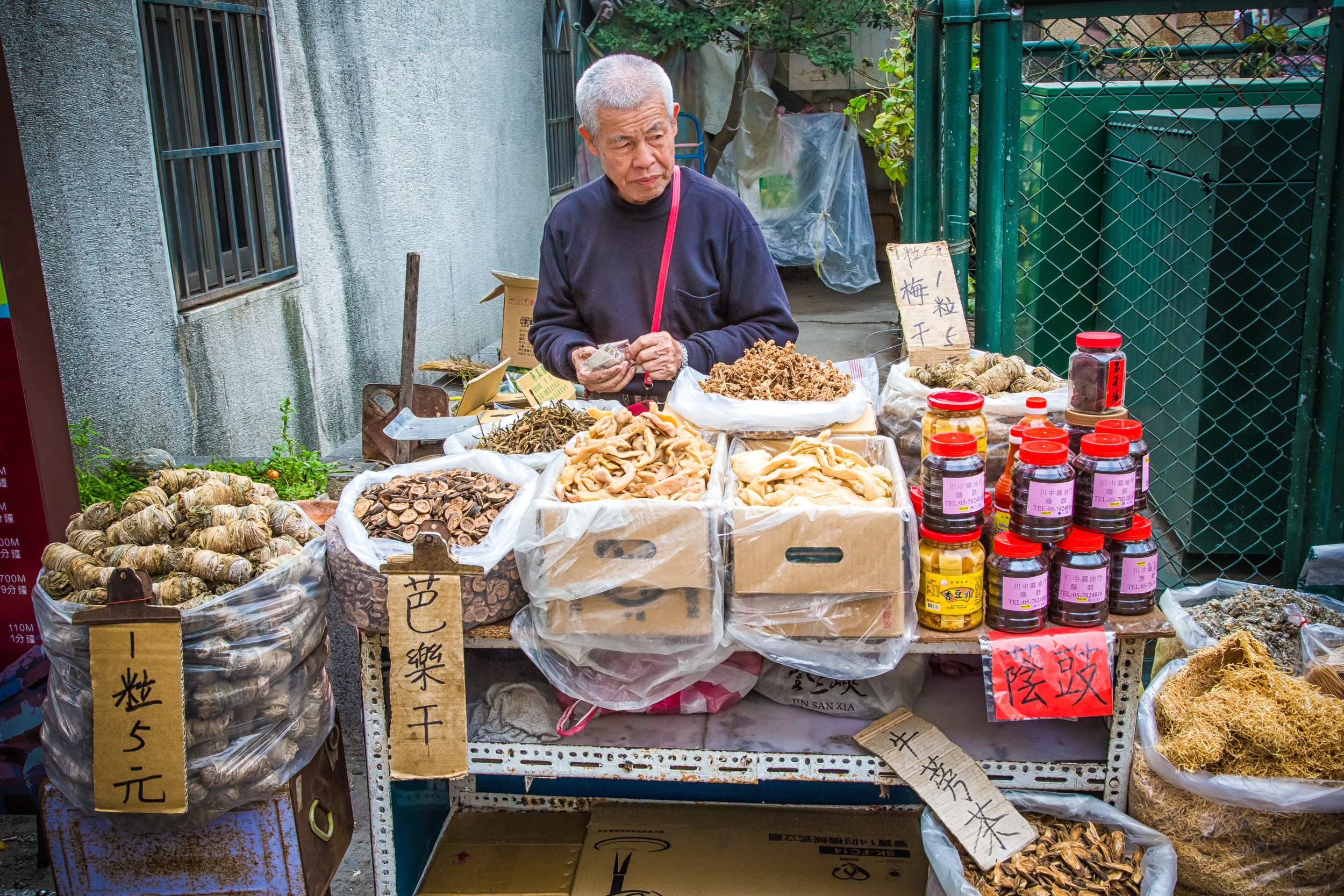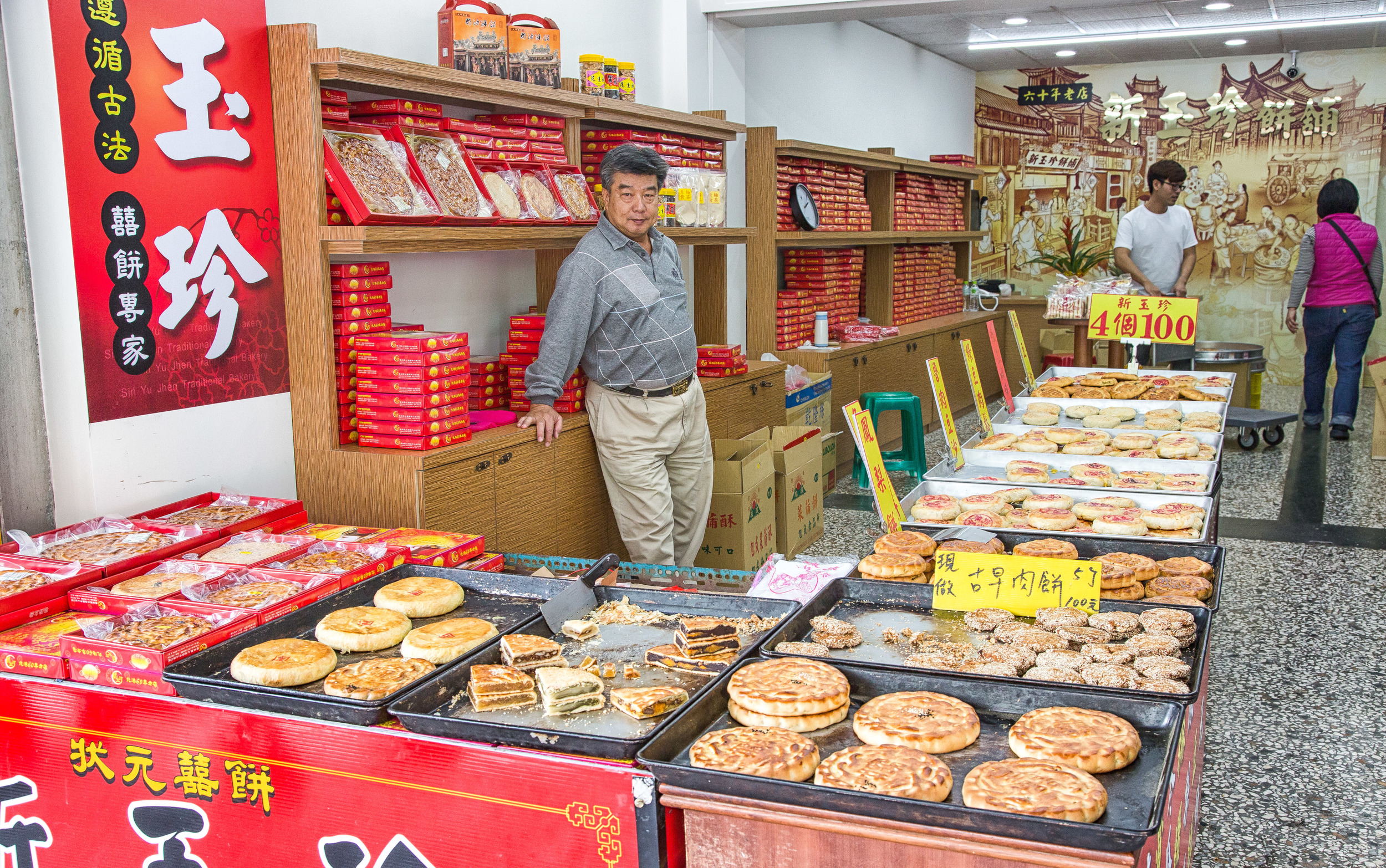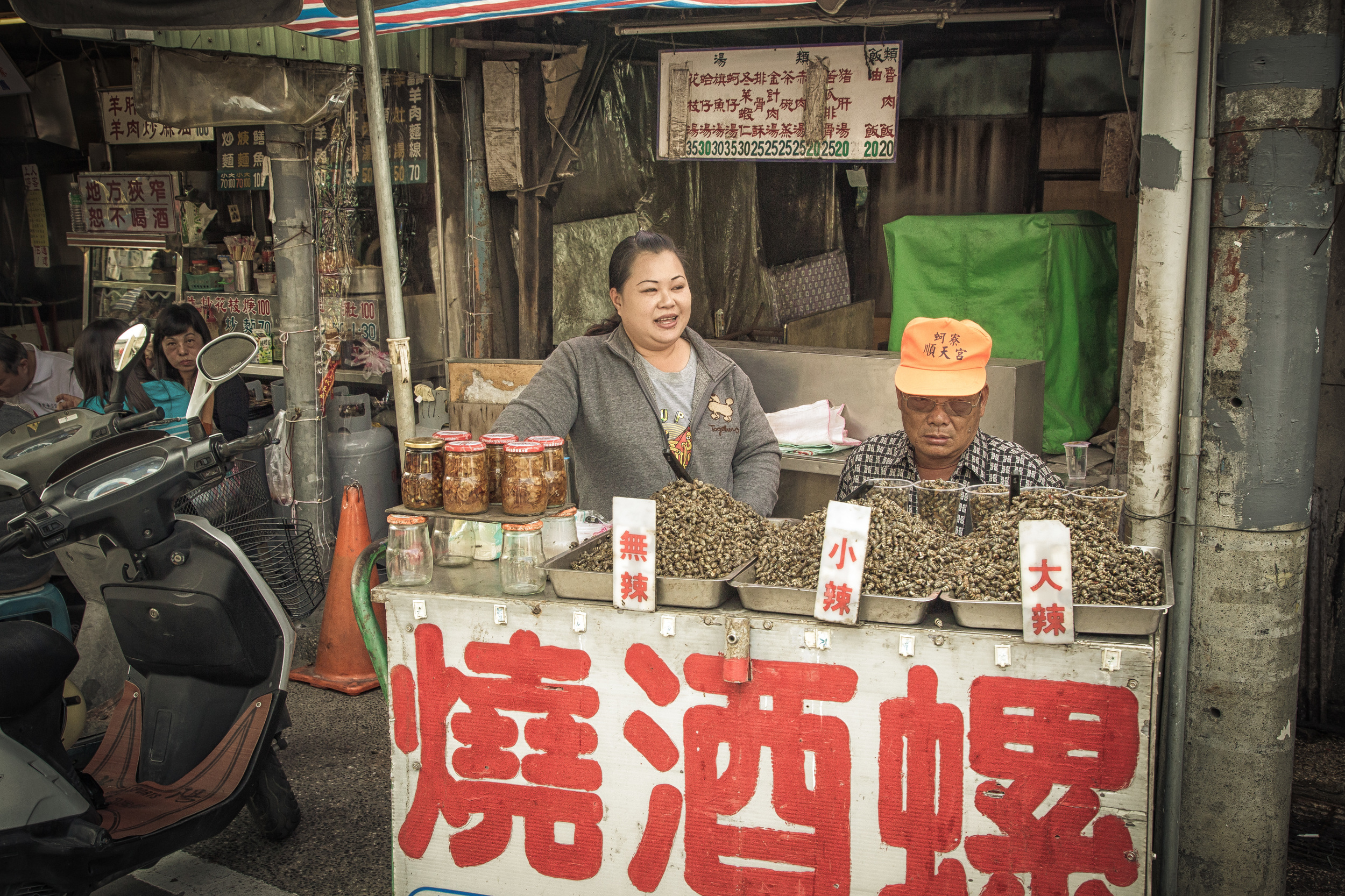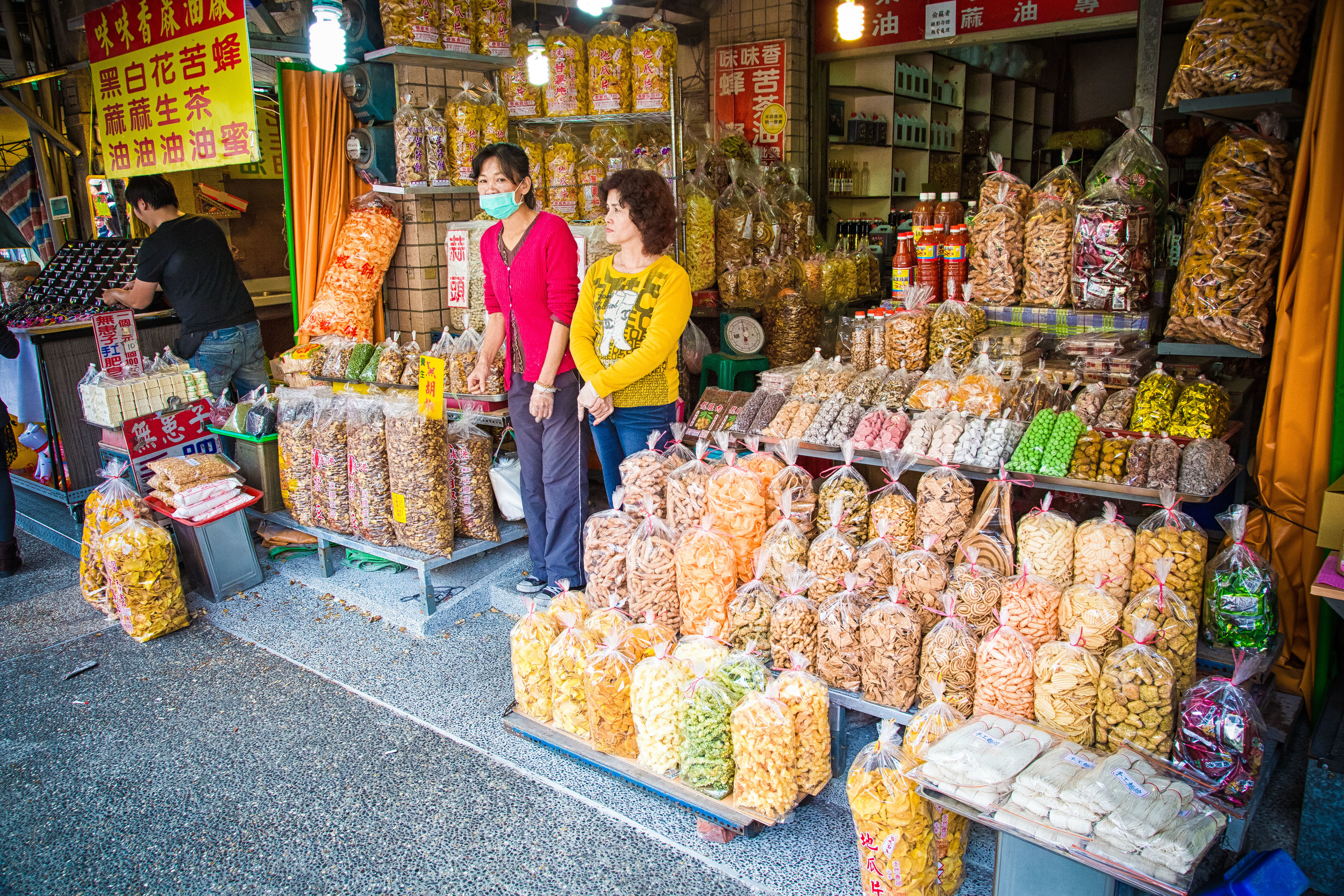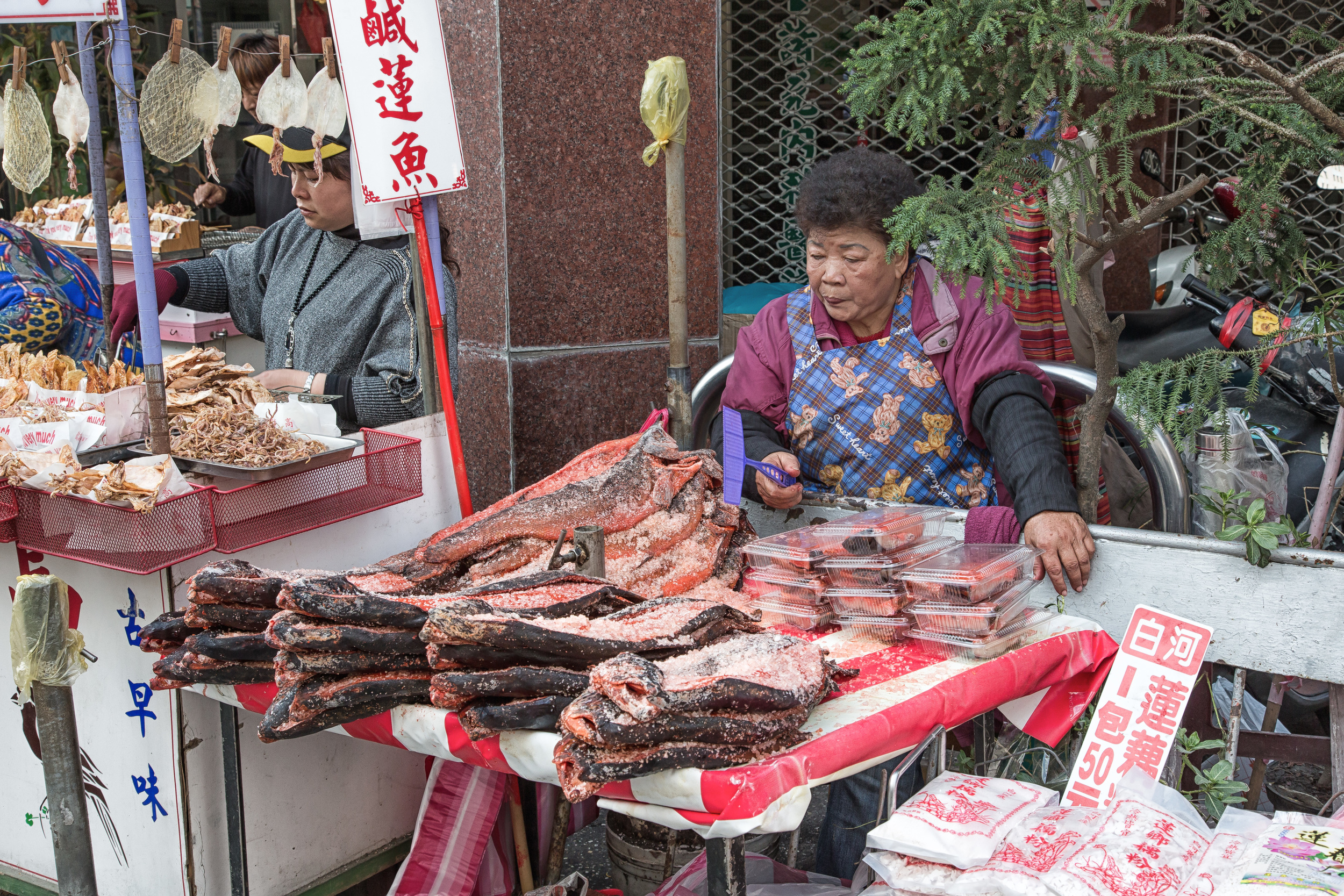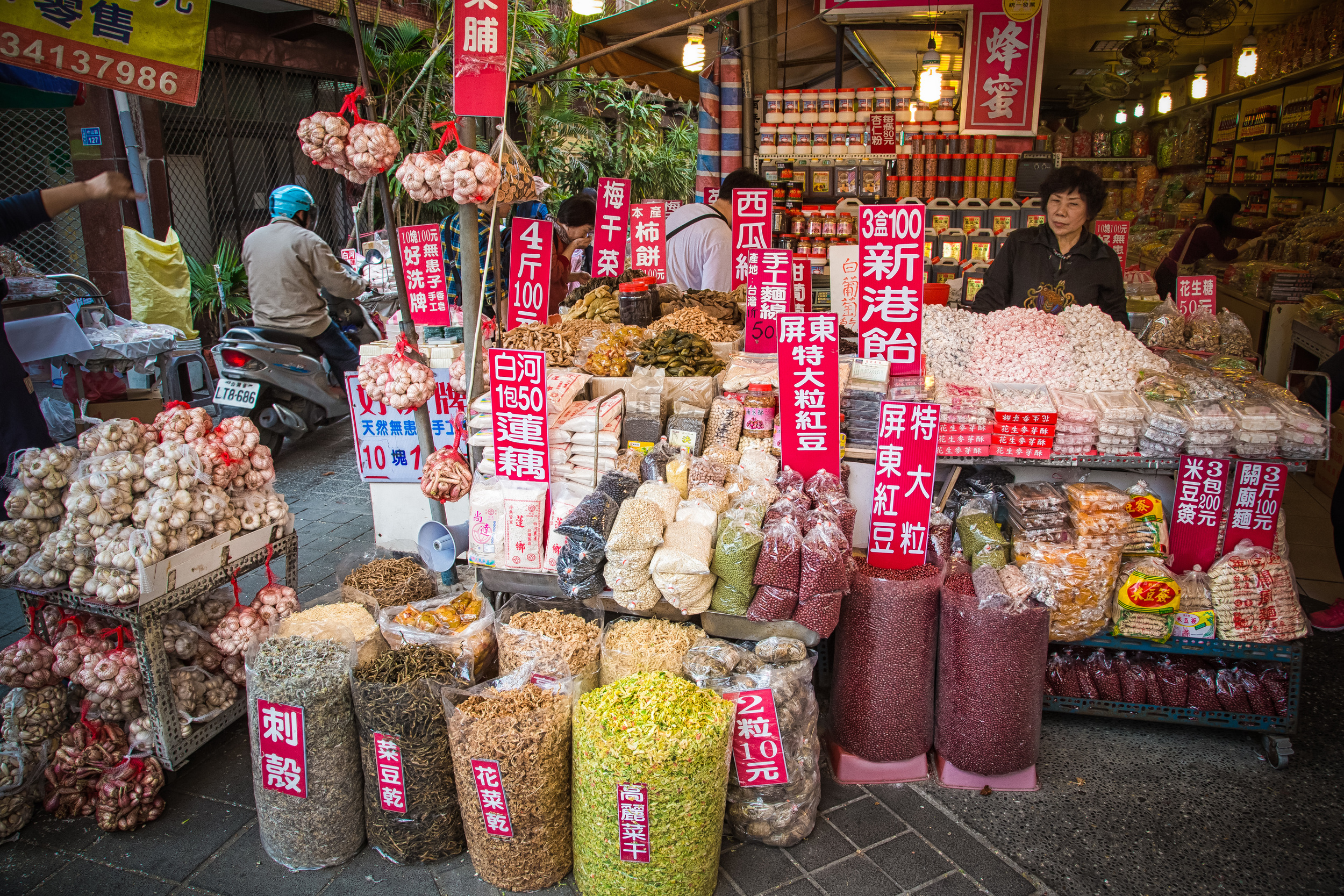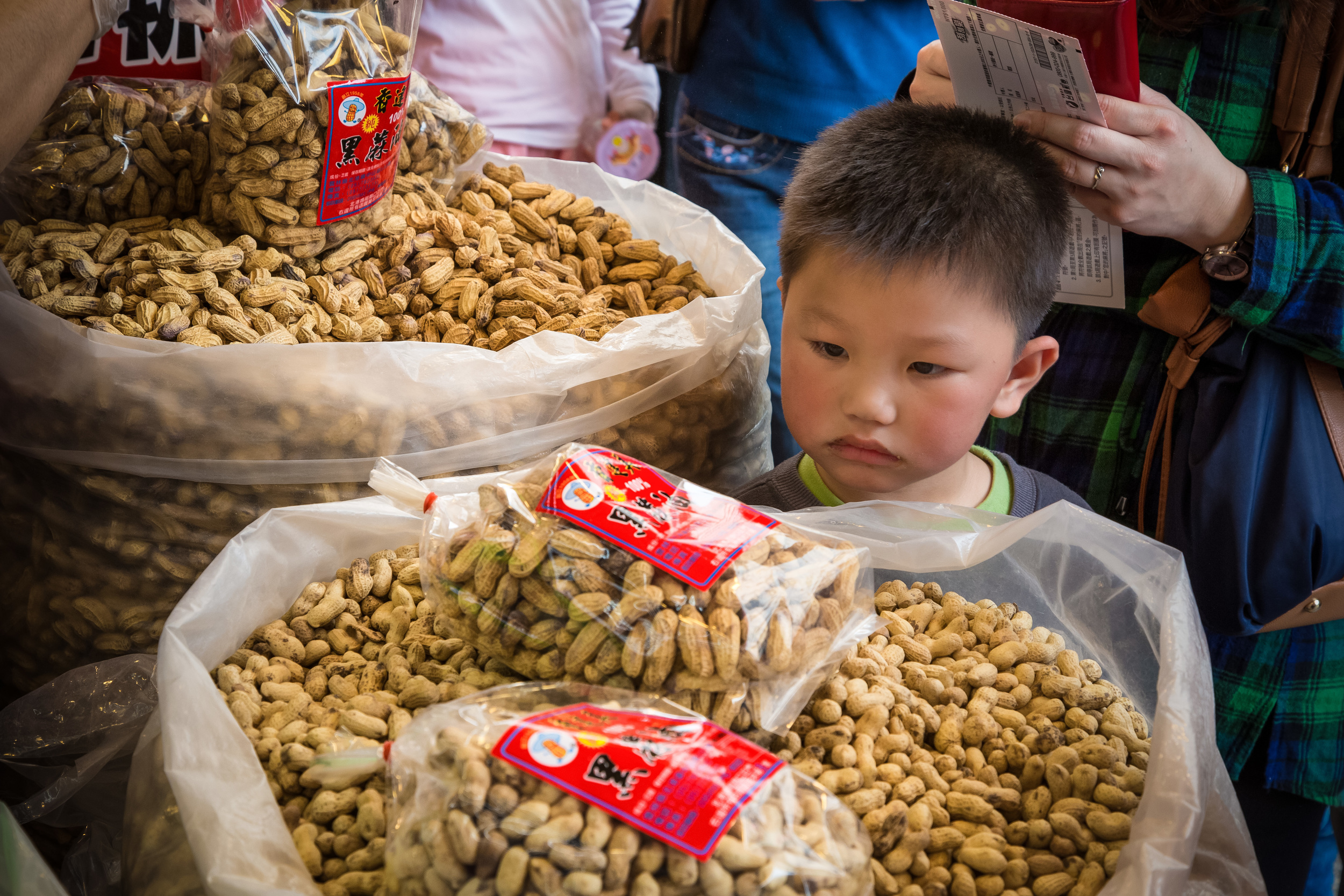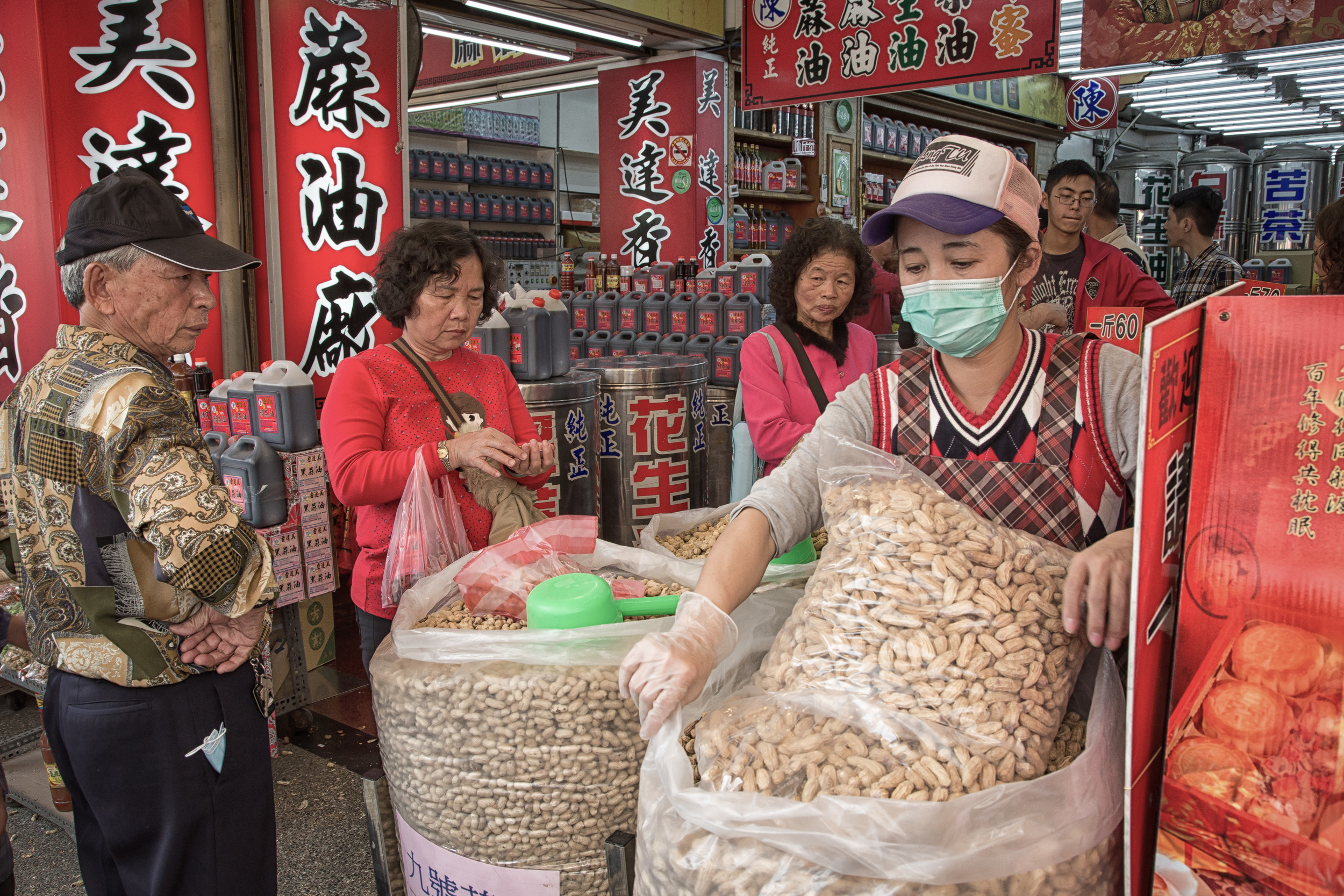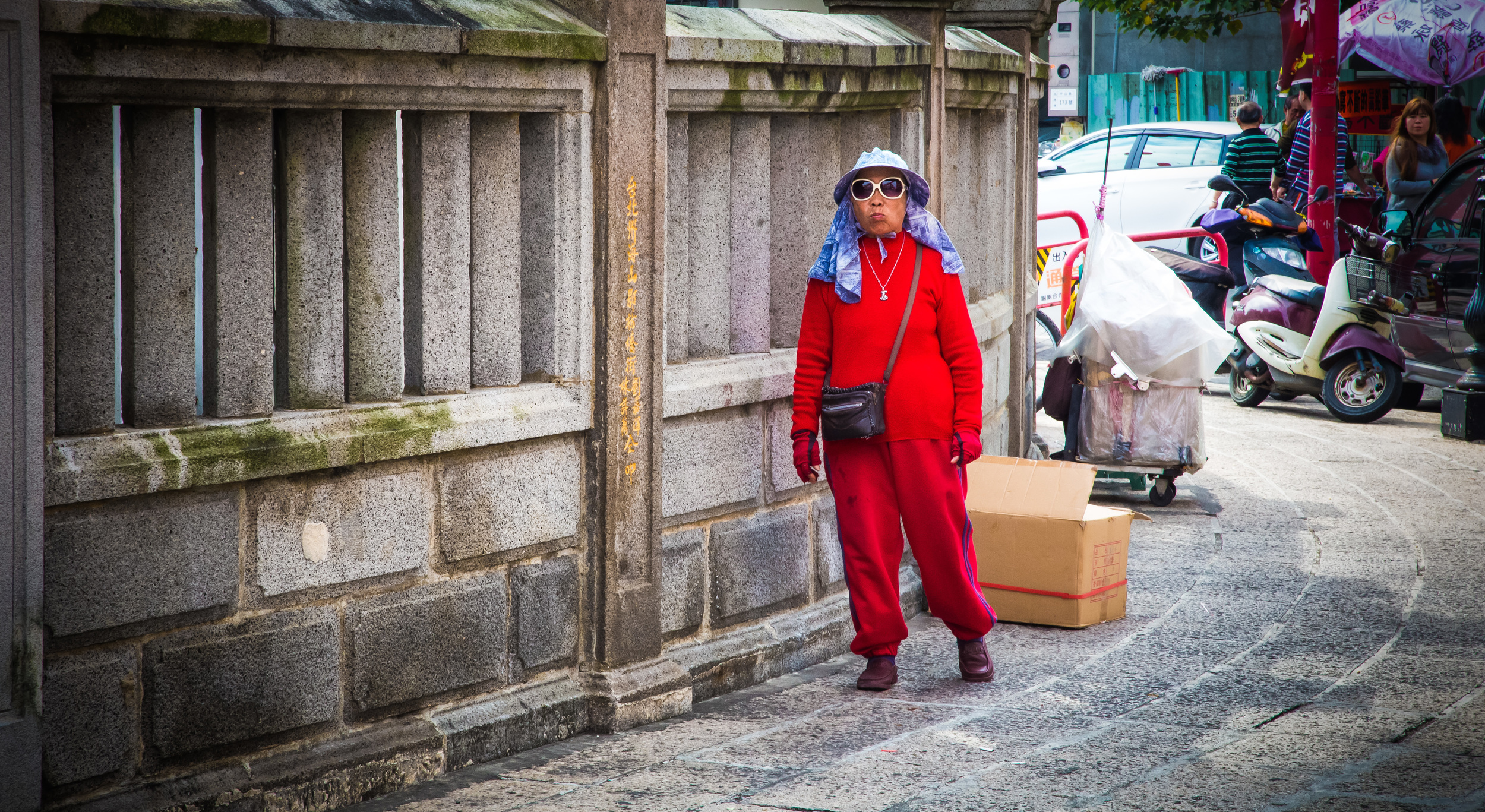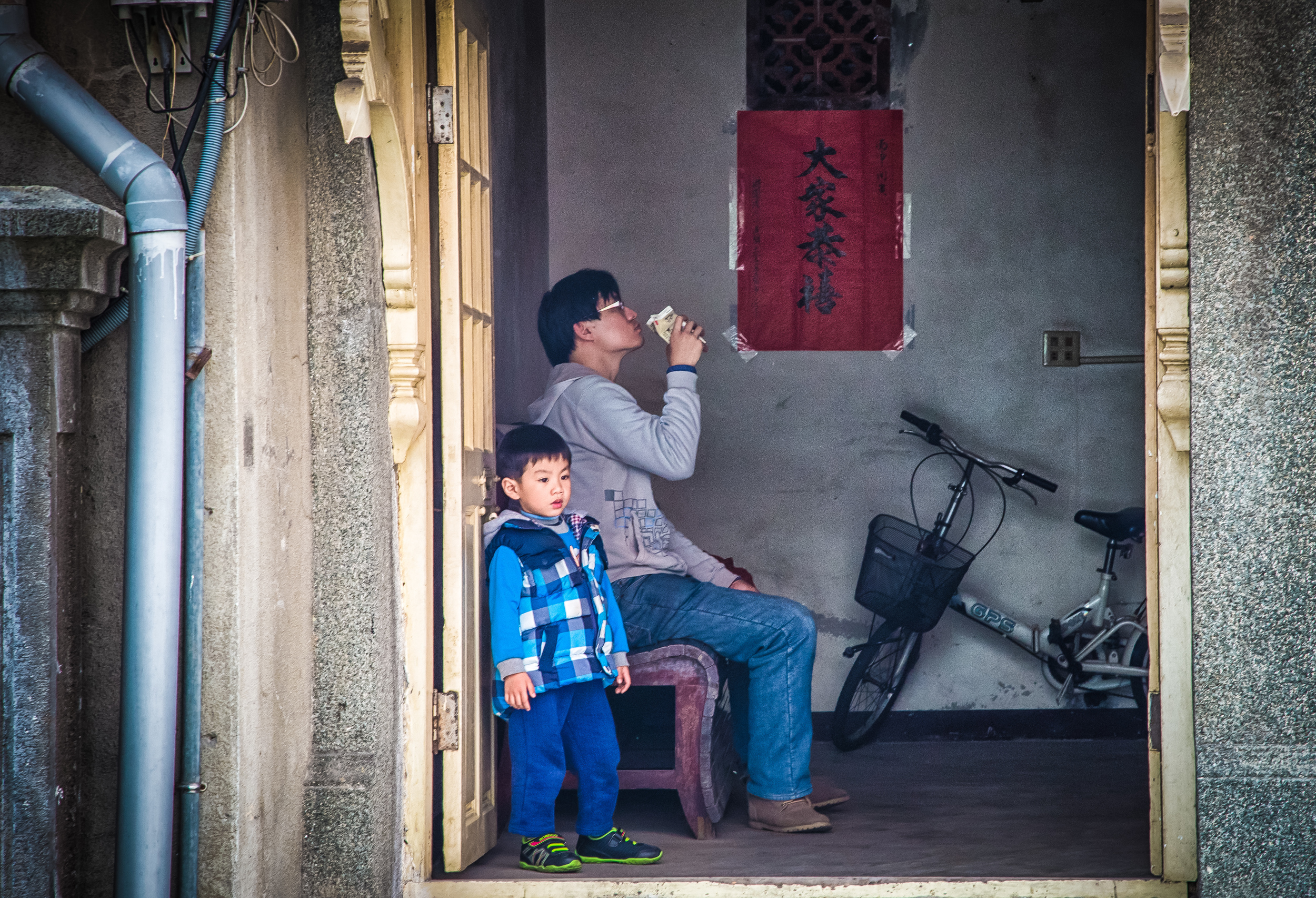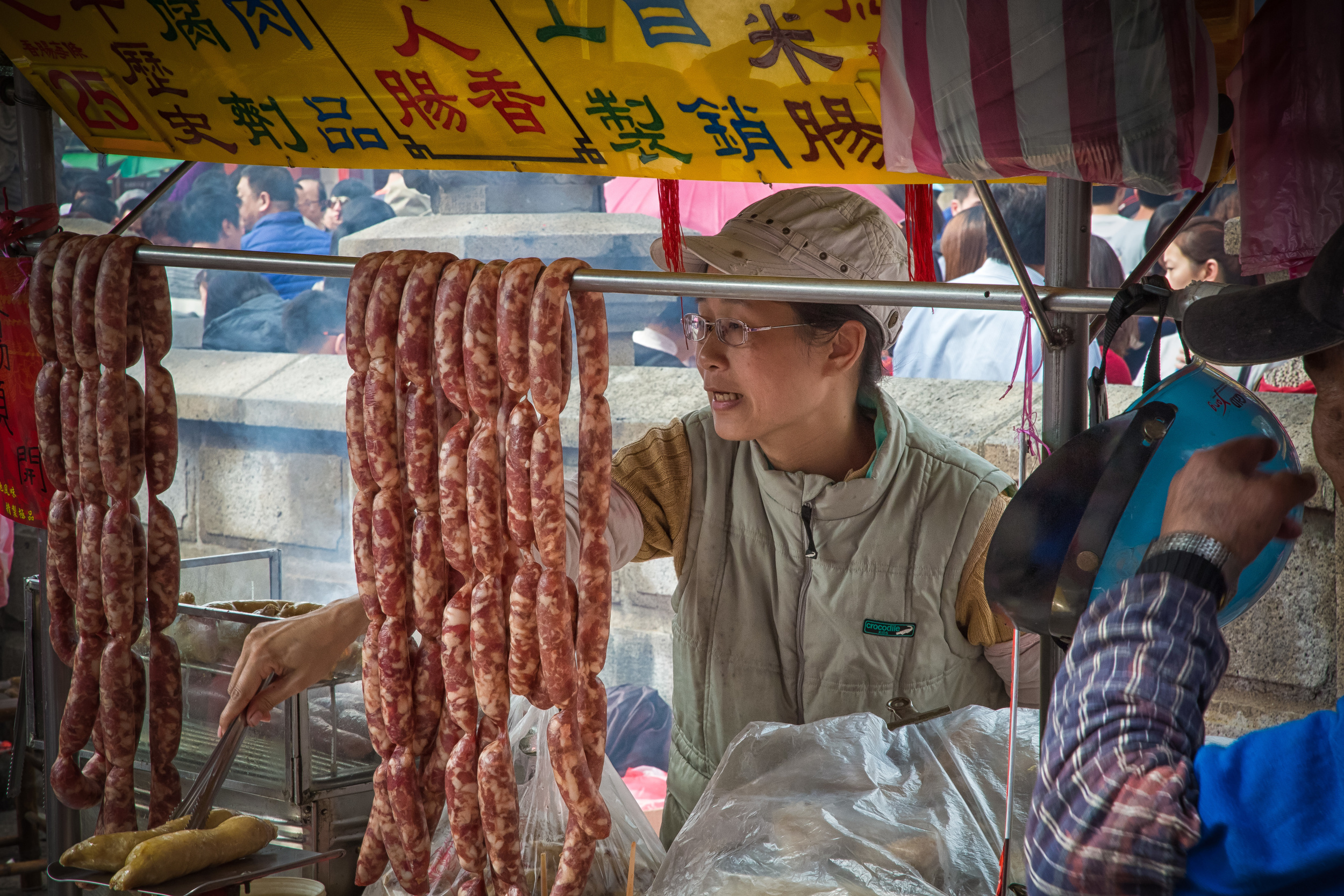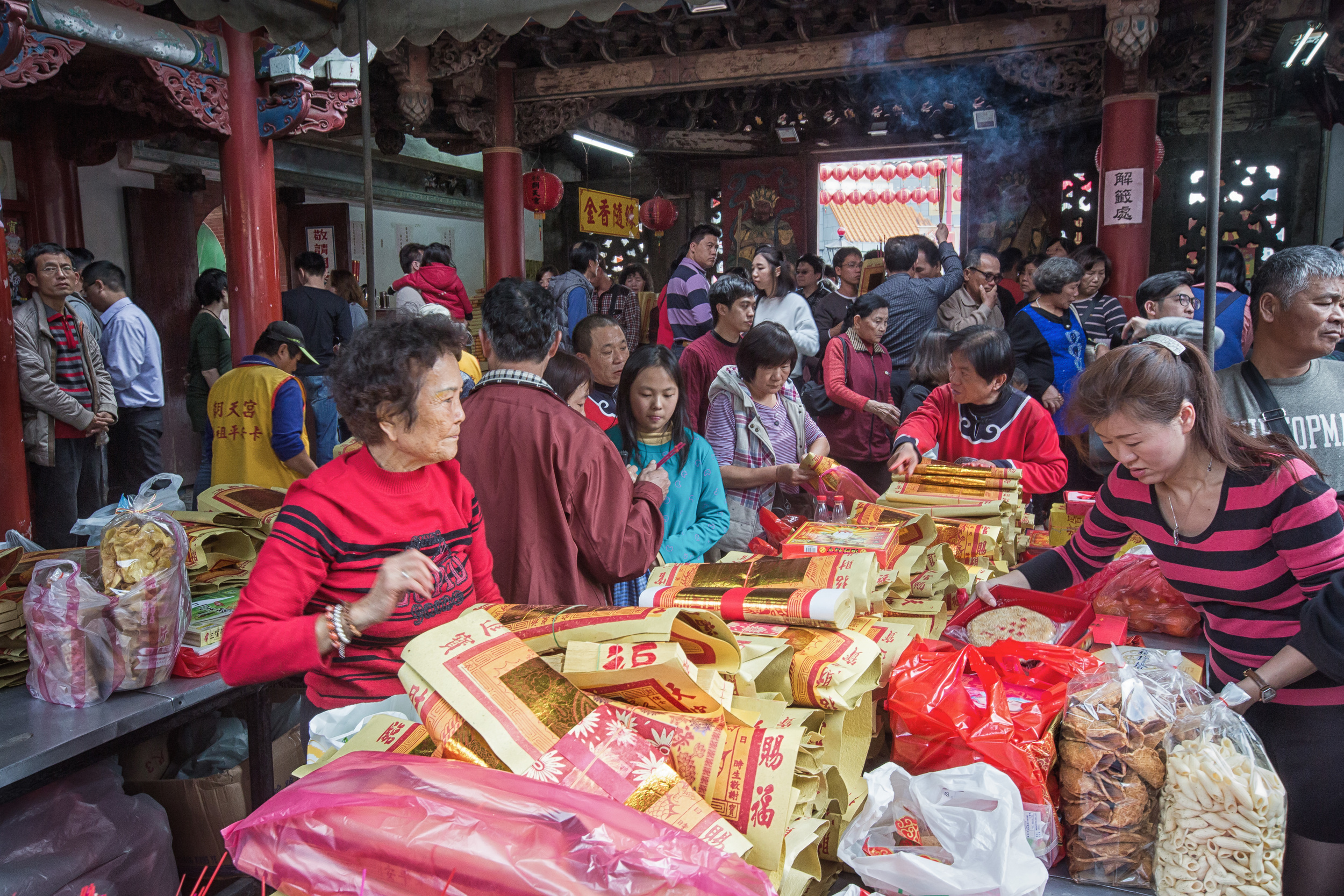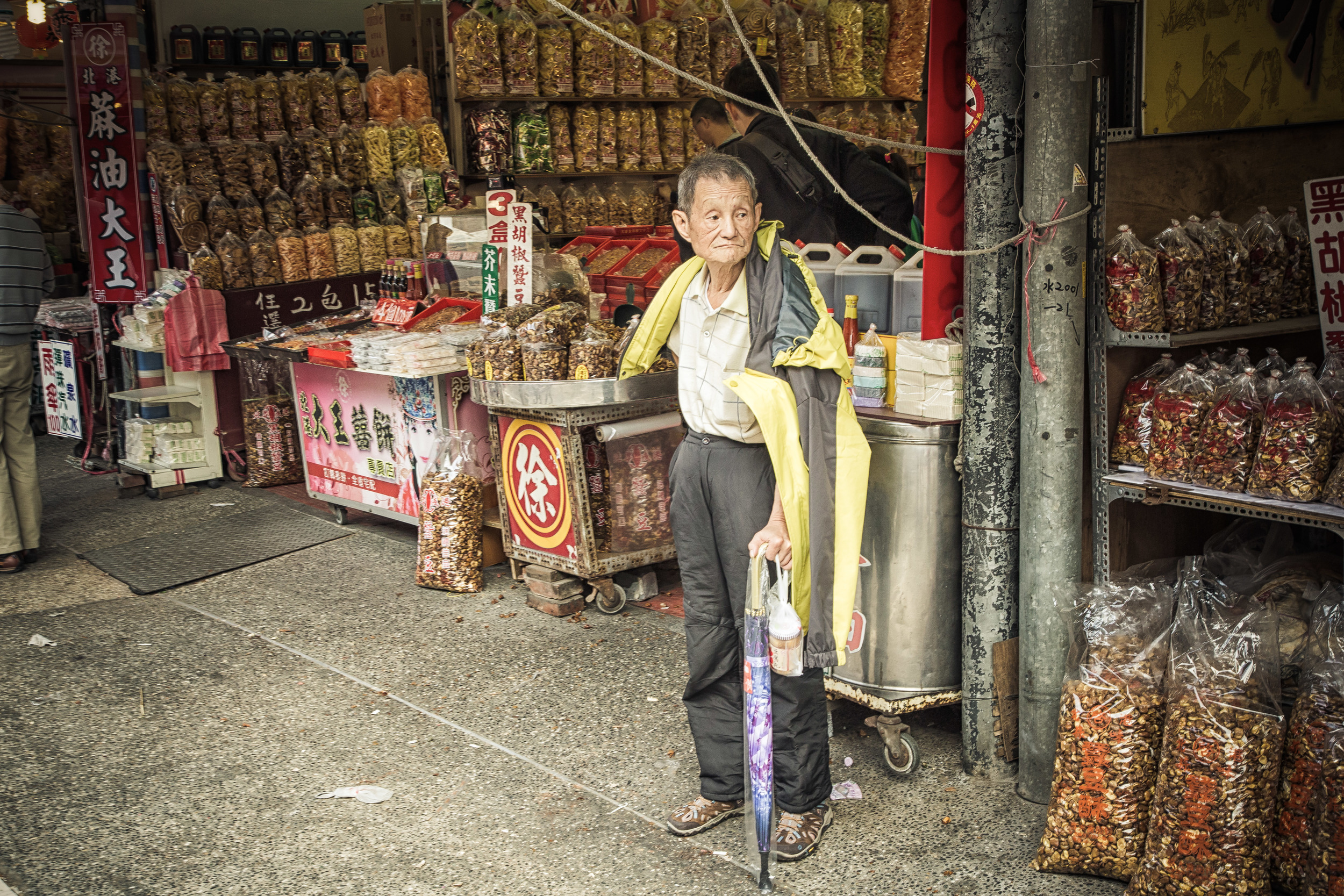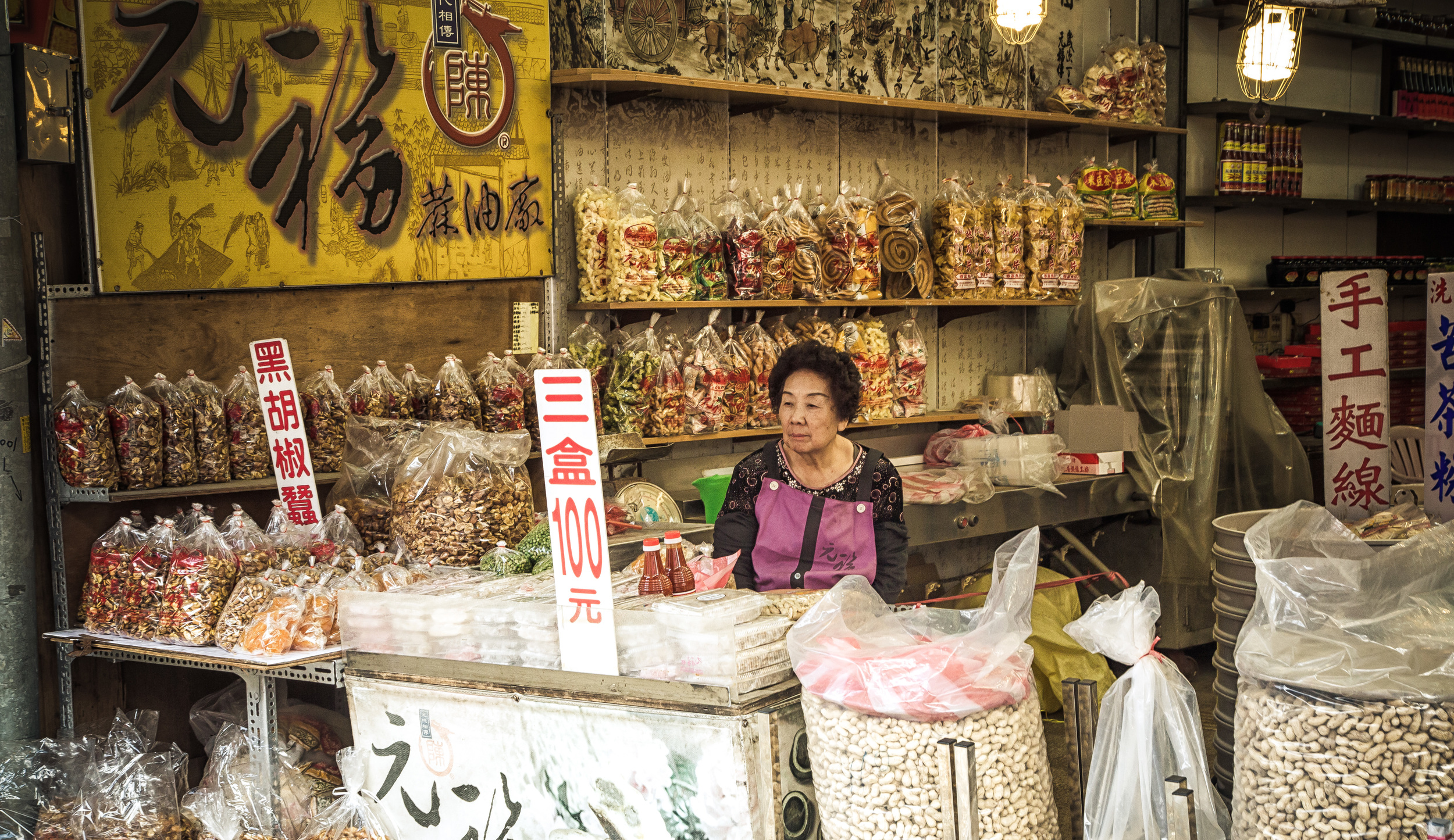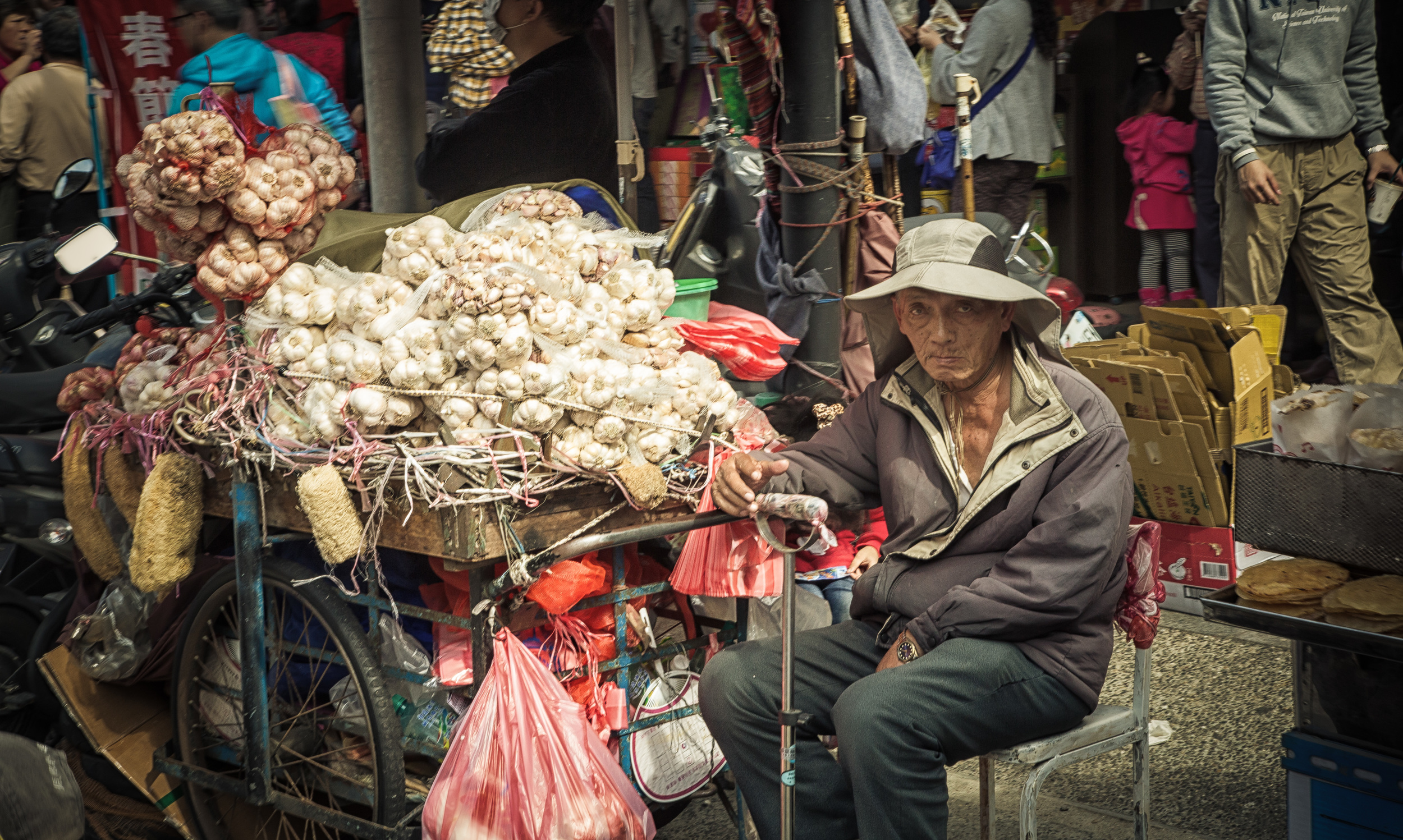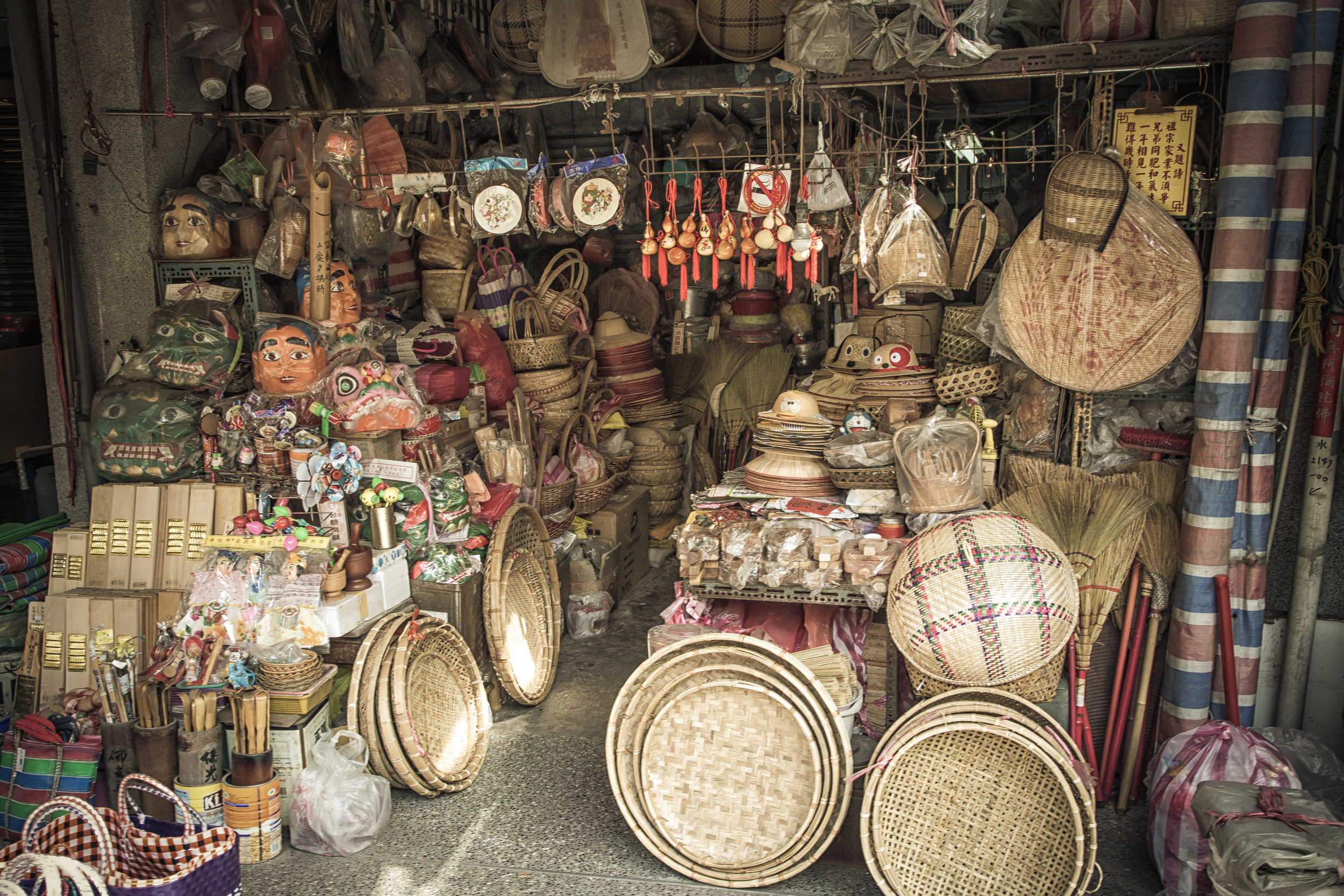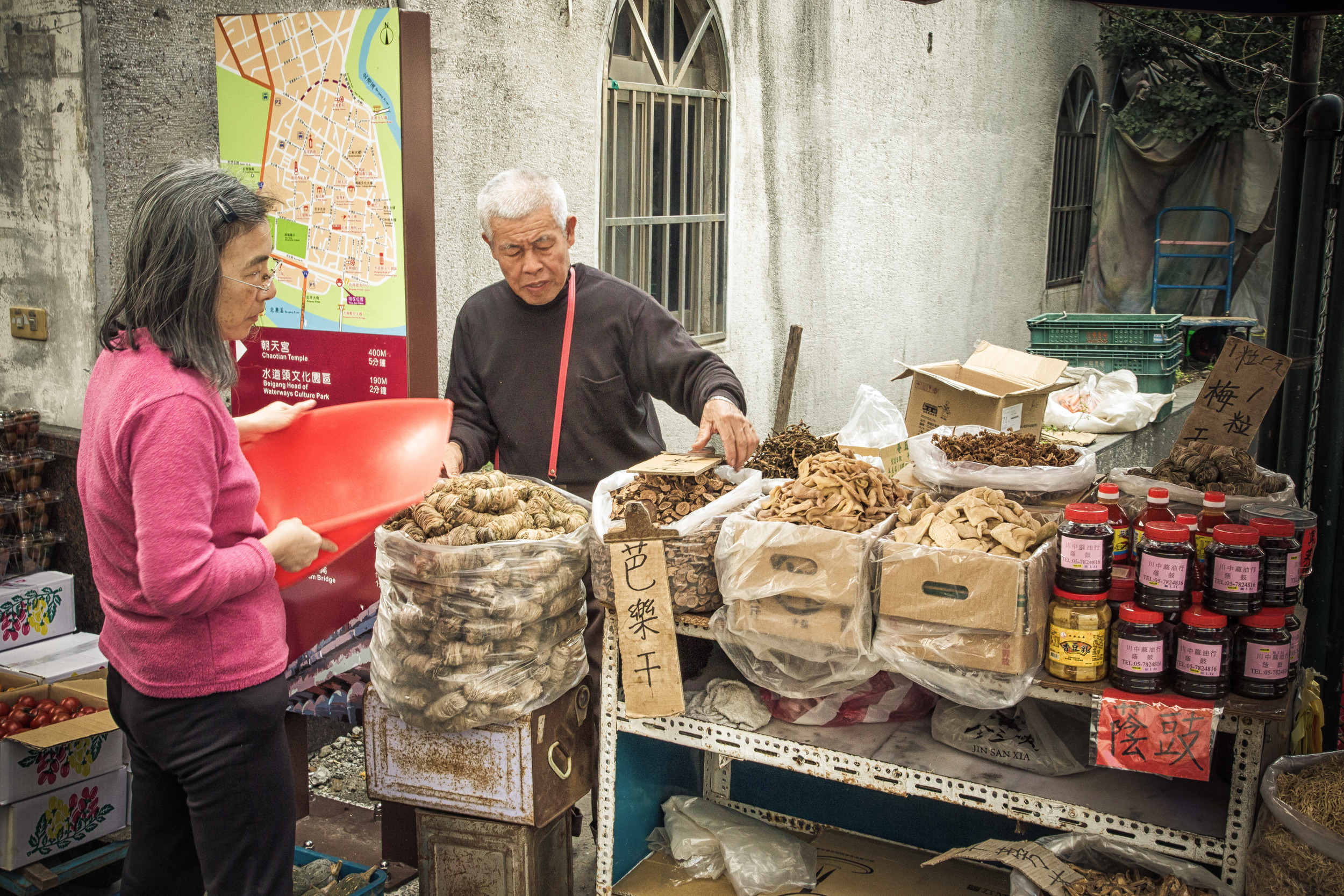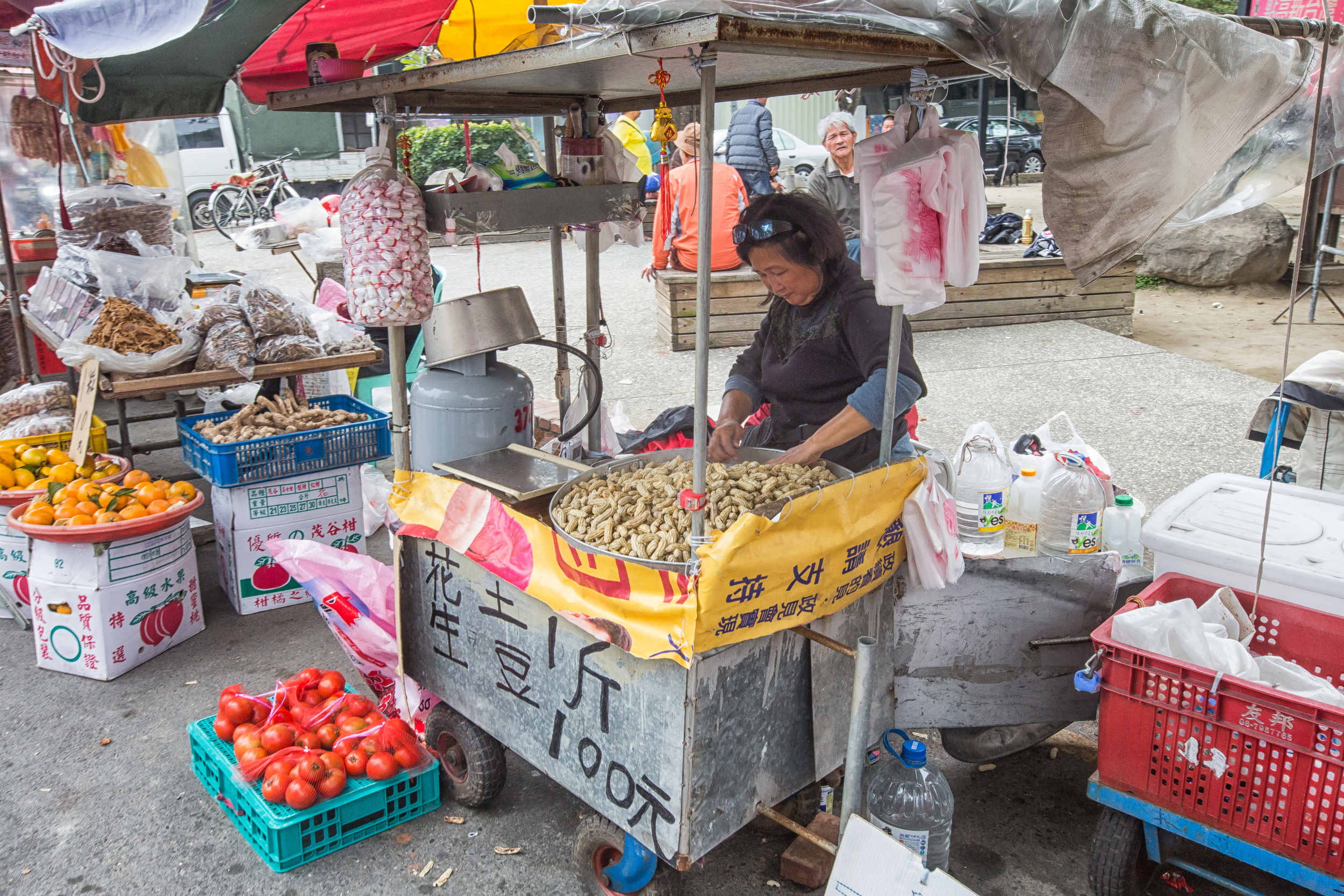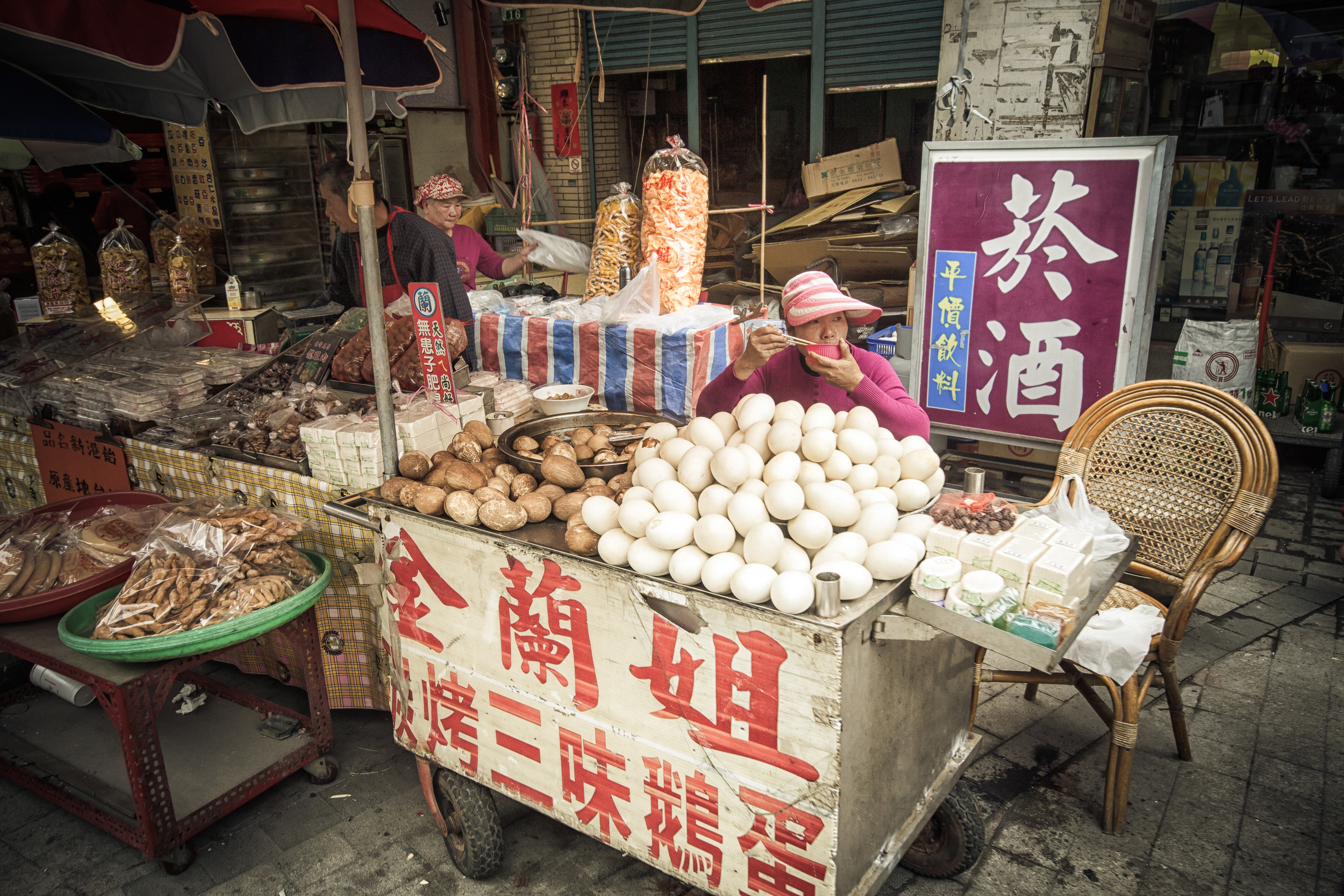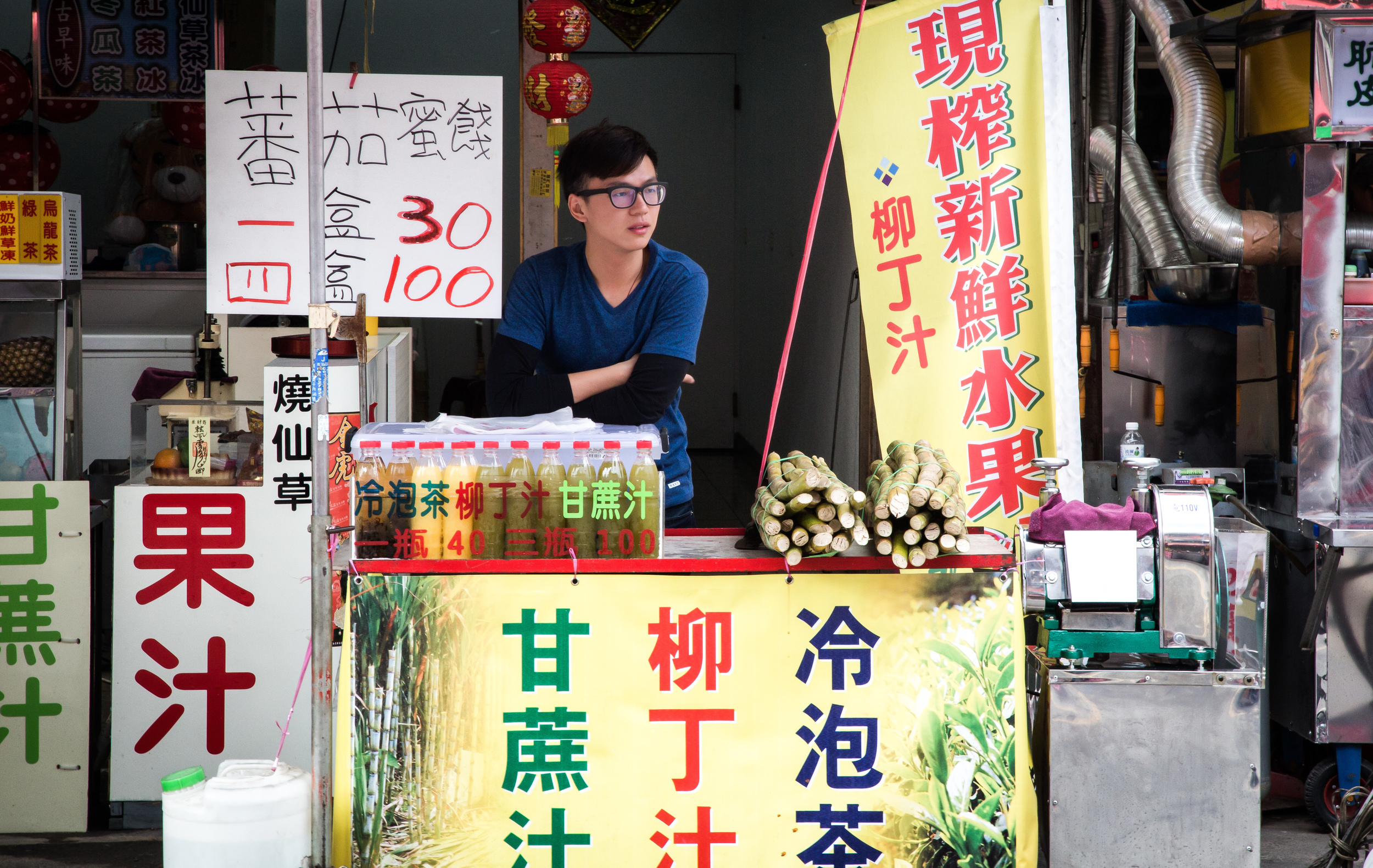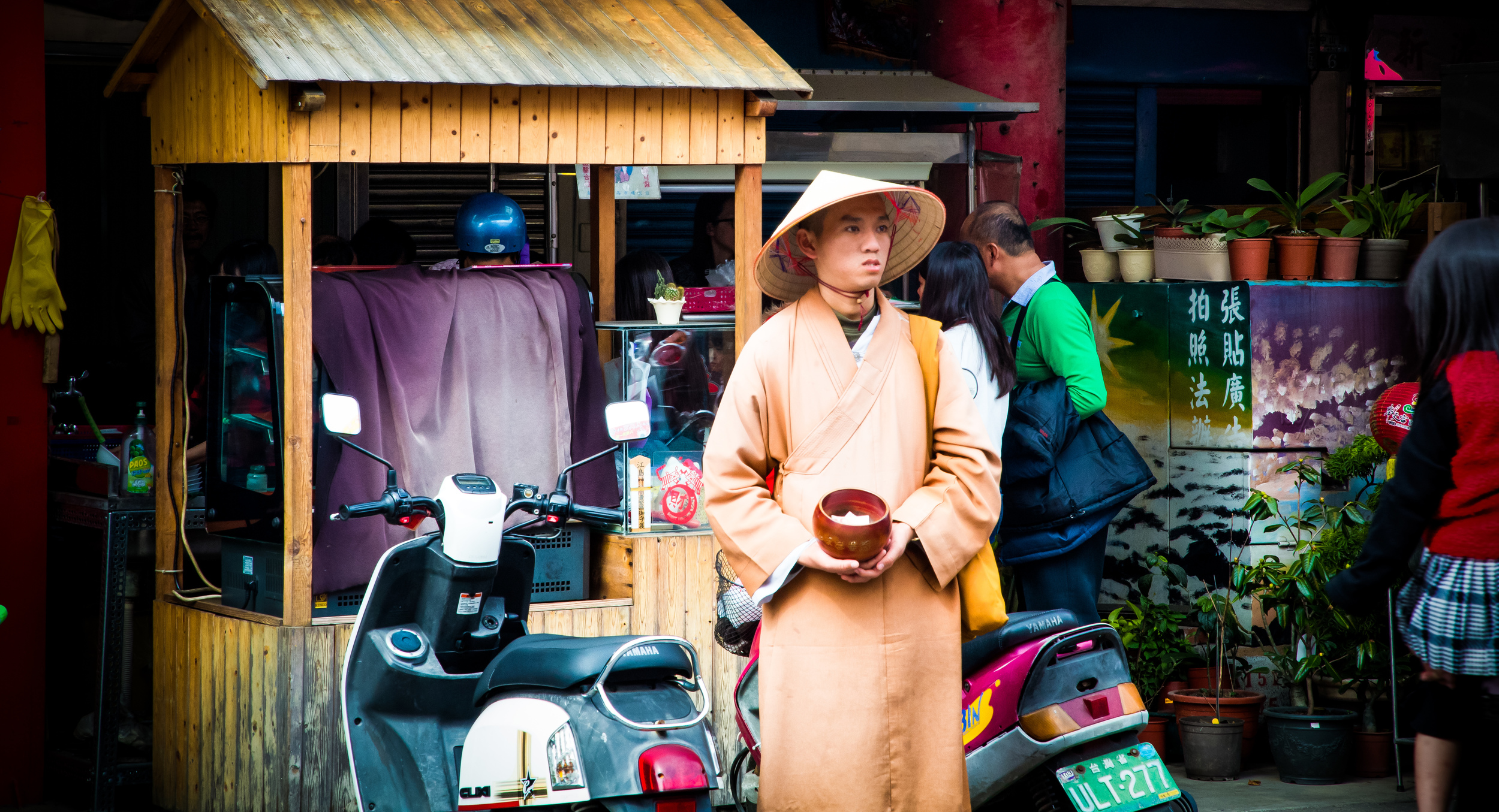The Spring Festival (春節) is a month-long festival which begins with the Lunar New Year festivities and ends with the Lantern Festival. In Taiwan, the Lantern Festival (元宵節) is celebrated in a few different ways - The most well-known of all the festivities is the Pingxi Sky Lantern festival (平溪天燈節) just outside of Taipei and the most intense being the Yanshui Beehive Fireworks Festival (鹽水蜂炮) in Tainan county.
The Sky Lantern festival is a world-renowned festival and rated by several travel sites and news organizations as a must-visit bucket-list type of festival. I've gone to the Sky Lantern festival a few times and while it is quite beautiful, I do have my reservations about it and the planning that goes into it.
The Yanshui Beehive Fireworks Festival on the other hand is a festival that I'd love to take part in but tend to be quite apprehensive about it because I'm not a big fan of firecrackers being lit anywhere close to me. Having them exploding in every direction around me would be extremely stressful and I guess I'll add it to my own bucket-list as a 'conquering your fears' kind of thing.
Apart from these two festivals, cities and counties in Taiwan put on a their own Lantern Festivals with a national festival that alternates locations year-by-year. The Taipei Lantern Festival (台北燈會) is usually held at the Flora-Expo park (花博公園) near the Yuanshan MRT station (圓山捷運站) and is always a good time. The buzz this year though is that the Lanterns aren't very good and the giant monkey lantern seems to be the laughing stock of the Internet community. I'll probably visit in the next few days just to see and I'll likely make a post about it as well.
This year the Taiwan Lantern Festival (臺灣燈會) is being held in Taoyuan from February 22nd to March 6th and is near my home which means the national festival is much more accessible to me than it has been in years past. The national festival is always much grander in scale than all of the smaller festivals and when you visit the festival you can expect to see lanterns of all shapes and sizes as well as spectacular fireworks shows and performances by local celebrities.
The national festival also attracts quite a few more people than the smaller festivals and the county government here estimates that over twelve million people will visit this year making it important for tourism in Taoyuan county.
The festival is being held in Zhongli (中壢) near the Taoyuan High Speed Rail Station (桃園高鐵站) which makes it extremely convenient for visitors coming from outside of the county to attend with high speed trains from various cities and free shuttle bus services from all the local train and bus stations. You don't need to drive a car to get to the festival and it's a much better idea to rely on Taiwan's excellent public transport rather than sitting in a traffic jam and paying for parking.
Getting to the Lantern Festival: English | 中文 | 日本語
The Lantern Festival this year is huge - It is split into several different themed sections and is spread out over a wide area - I arrived just after 6:00pm and by 10:00pm, the time it was about to close, I still hadn't seen everything that was on display. You might feel a bit overwhelmed by the amount of lanterns on display and the different sections available, so I'll share some of my impressions of the different sections to give you a better idea of what not to miss!
The theme of the festival this year is "Golden Monkey Offering Peaches" (金猴獻桃) which sounds quite clever in Mandarin, but probably not so much in English. The meaning behind it is simple: This is the year of the "Golden Monkey" (金猴) and the festival is being held in Taoyuan (桃園) which translates as "peach garden" so the Golden Monkey is offering Taoyuan peaches to the rest of the country which can be interpreted as a way for Taoyuan to showcase itself and the vibrant culture here.
As mentioned above, the festival is split into six different sections which are: Technology World (科技世界燈區), Religious Blessings (宗教燈區), Fairytale Dream Factory (童話夢工廠燈區), Taoyuan Legend (桃園故事燈區), New Utopia (新桃花源燈區), an International Lantern section (多元交流燈區) and the main display area (台灣燈會主燈) being the biggest and most important.
The section that you absolutely have to visit is the main display area (台灣燈會主燈) - This is the area where you will see the most lanterns as well as what organizers boast as history's largest lantern, the 26 meter tall Monkey King - an important character from the 16th century book "Journey to the West" (西遊記) - that puts on an interesting light show every half hour.
The technology section is pretty cool, but there aren't many lanterns and it is more of a celebration of Taiwan's technological and design prowess. The coolest part of the technology section is the Universe Tower which is a starry sky made of glass with lights that are constantly changing colours.
The other interesting part of the technology section is a covered pavilion of sorts that looks like it has a lot of white balloons on the roof. There are touch-screen computers connected to a pole and will take your picture and put it on one of the balloons for a short period of time. It is pretty cool and if you want to use it, you may have to wait in line for a little while if you're visiting on a busy day.
I didn't spend much time in the children's section because it seemed to me like it was just a bunch of advertisements posing as lanterns and was probably just a section that was put up to make the corporate sponsors of the event happy.
The international section was a long walk away from the other sections and had some lanterns from Hong Kong and Macau. There was also a section set up nearby showcasing Taiwanese Indigenous culture with lanterns dedicated to each of Taiwan's recognized Indigenous groups as well as life sized lanterns of a person from each tribe wearing their traditional attire.
The religion section irritated me a bit, not because the lanterns sucked (some of them were really cool), but because some of the religious people that were very eager to "have a talk" with the people browsing the sections. Each time I passed by a temple or area set up by a specific religious group they attempt to call me over to try make small talk and then want me to do something.
The worst of all of them however had to be the Christians who figured that because I was a white guy (just like Jesus) I must be a Christian. They followed me around a bit and no matter how much I ignored them they kept trying. I felt like I had to quickly escape the religion section, which sucked because there were some pretty cool lanterns inside.
I didn't have enough time to visit the New Utopia or the Fairytale Dream factory, but I kind of regret not visiting the New Utopia as it seems the section had some lanterns on the water and they would have made for some nice photos.
The festival can be a bit intimidating with it sheer size and if you are visiting on a busy day, then I highly doubt you'll be able to see as much as I was able to.
Unfortunately when the festival started, the weather didn't really cooperate and the crowds weren't as large as what was originally expected. This changed over the weekend with nicer weather and crowds of people numbering in the hundreds of thousands. The weather for the next few days seems like it is going to be quite nice, so I hope a lot of people take the time to come over to Taoyuan to enjoy the Lantern Festival and of course all of the good food and fun that Taoyuan has to offer.
I'm going to visit the Taipei Lantern Festival in a few days to check out what Taiwan's 'greatest' city has prepared. I also want to see just how ugly the giant monkey is as it has become quite infamous online over the past few weeks!
I've uploaded quite a few photos for this post and you're welcome to browse through the gallery below - If you want to see them in a more convenient way, click the link for my Flickr below to see them all on a single page with larger sizes.
I'll end by wishing everyone a Happy Lantern Festival (祝大家元宵節快樂) and especially for all my friends and followers here in Taiwan - let's hope that the year of the Golden Monkey is a much safer and prosperous one for this beautiful little country than last year!

